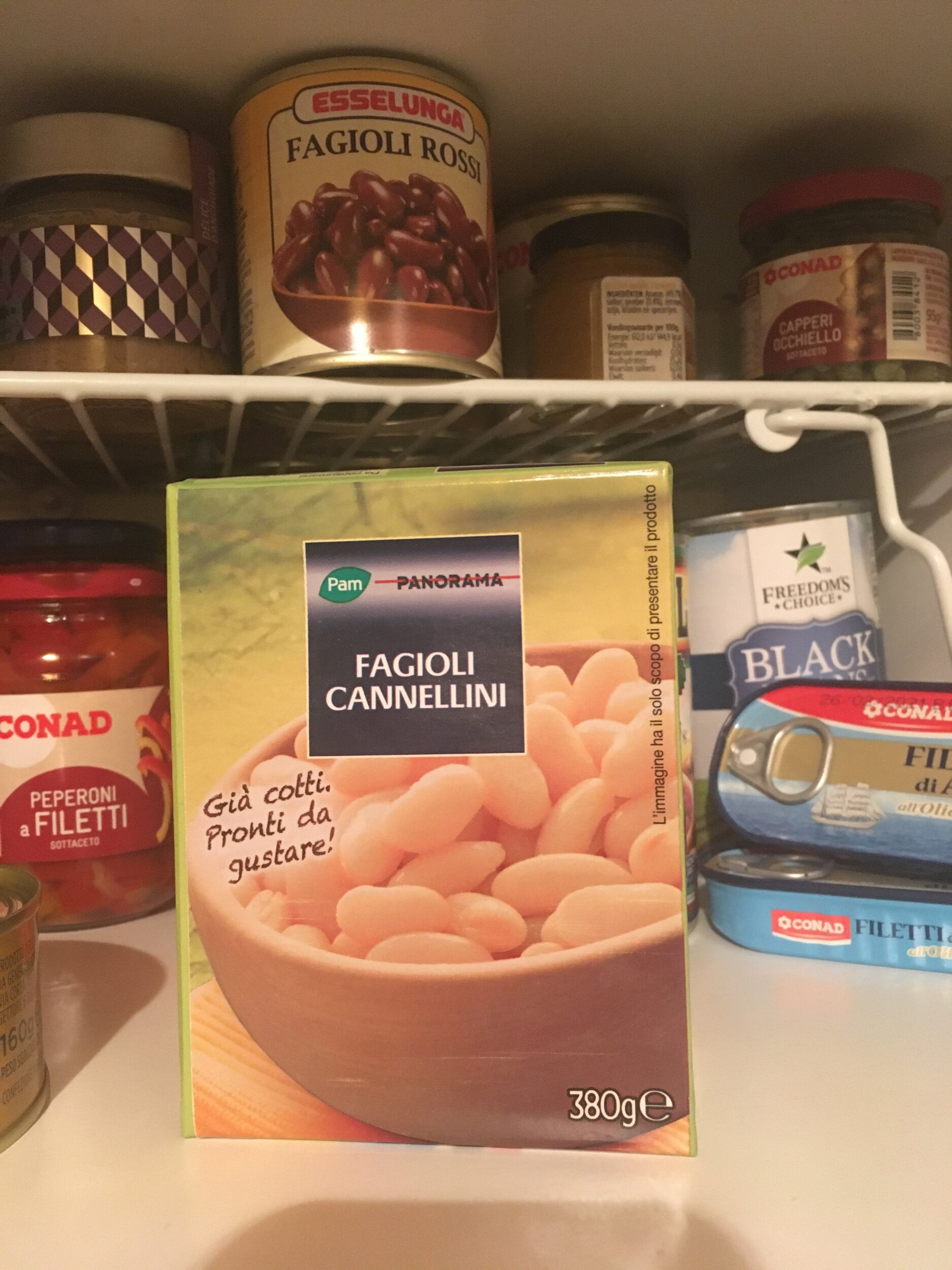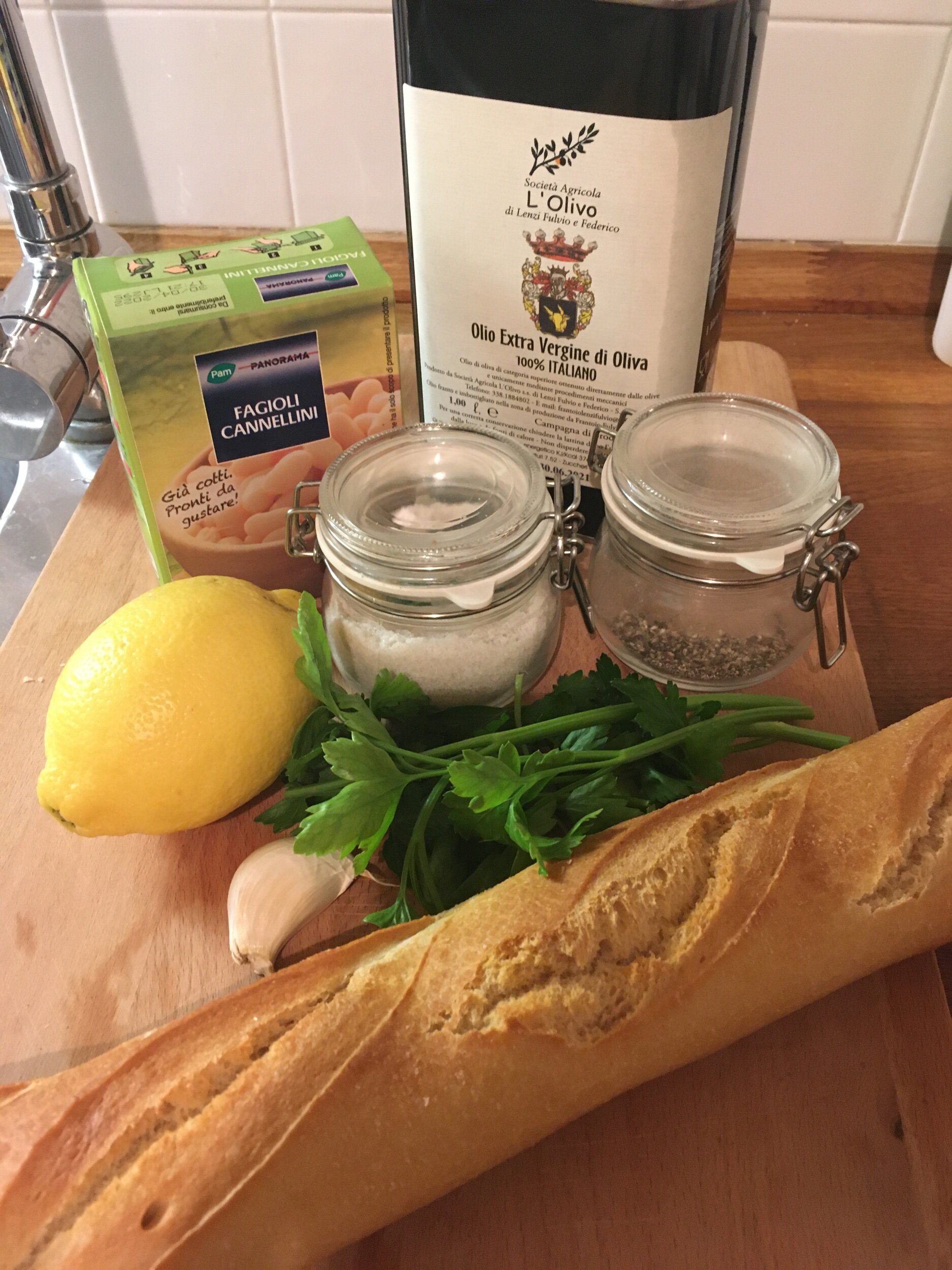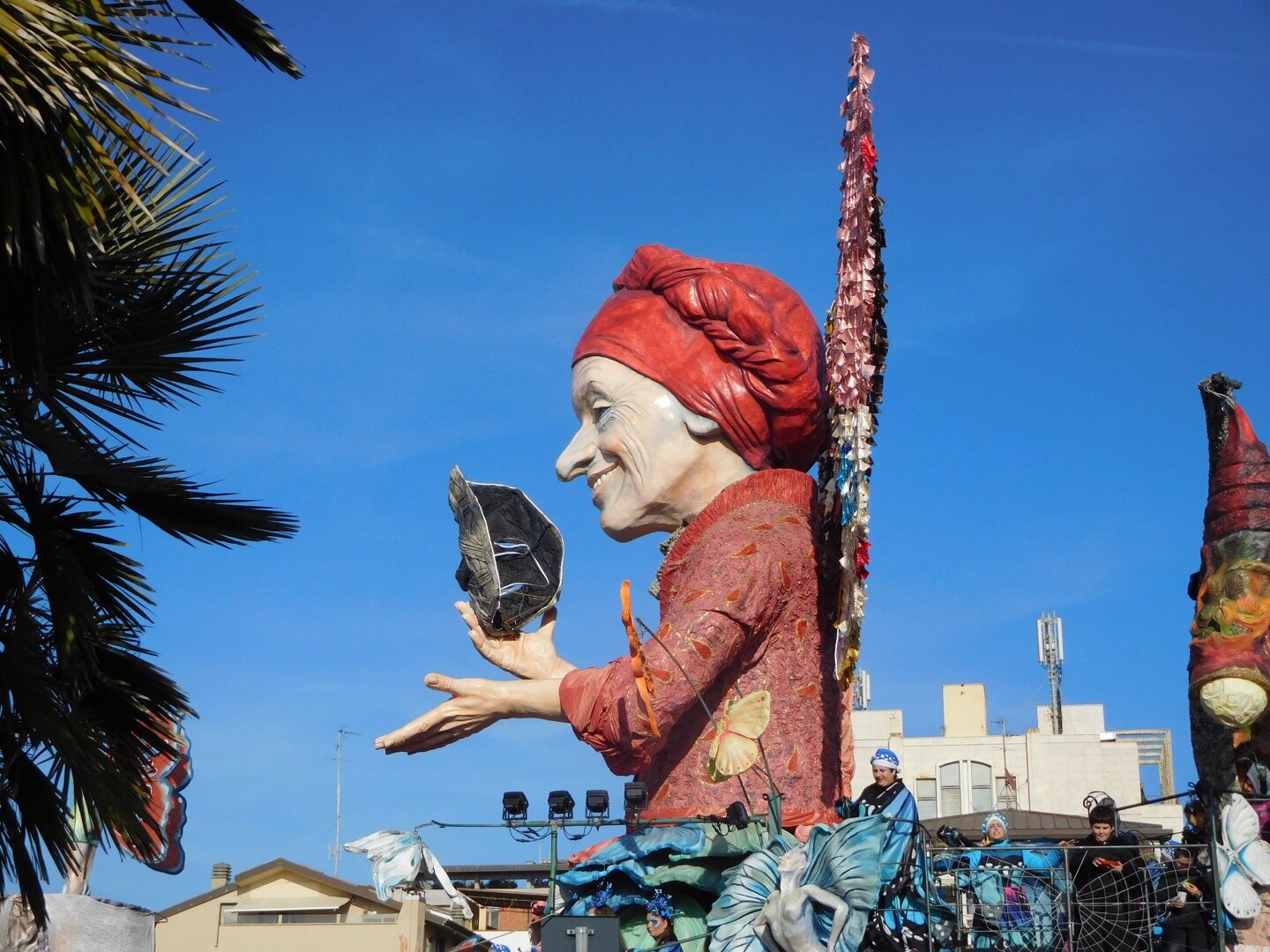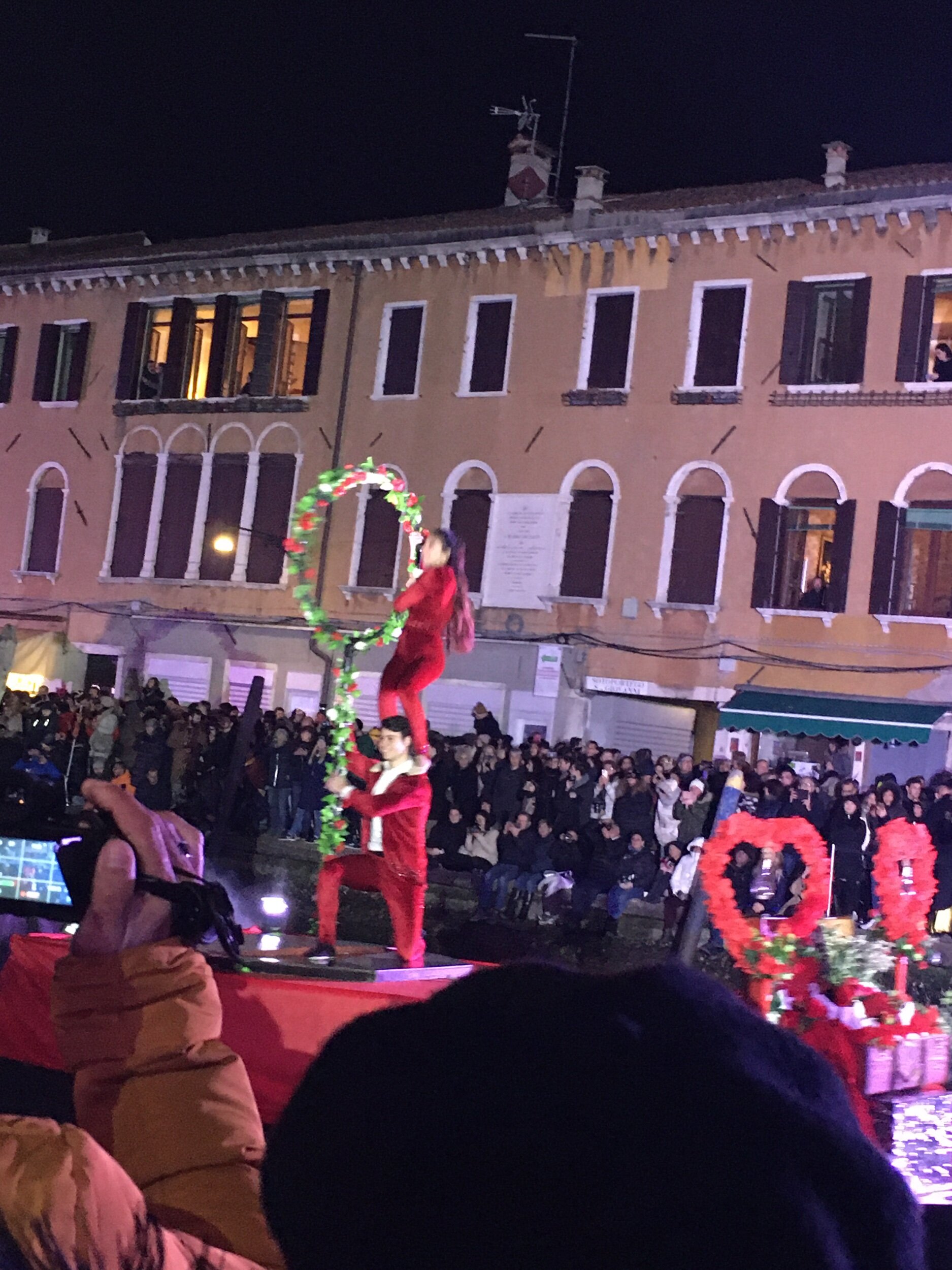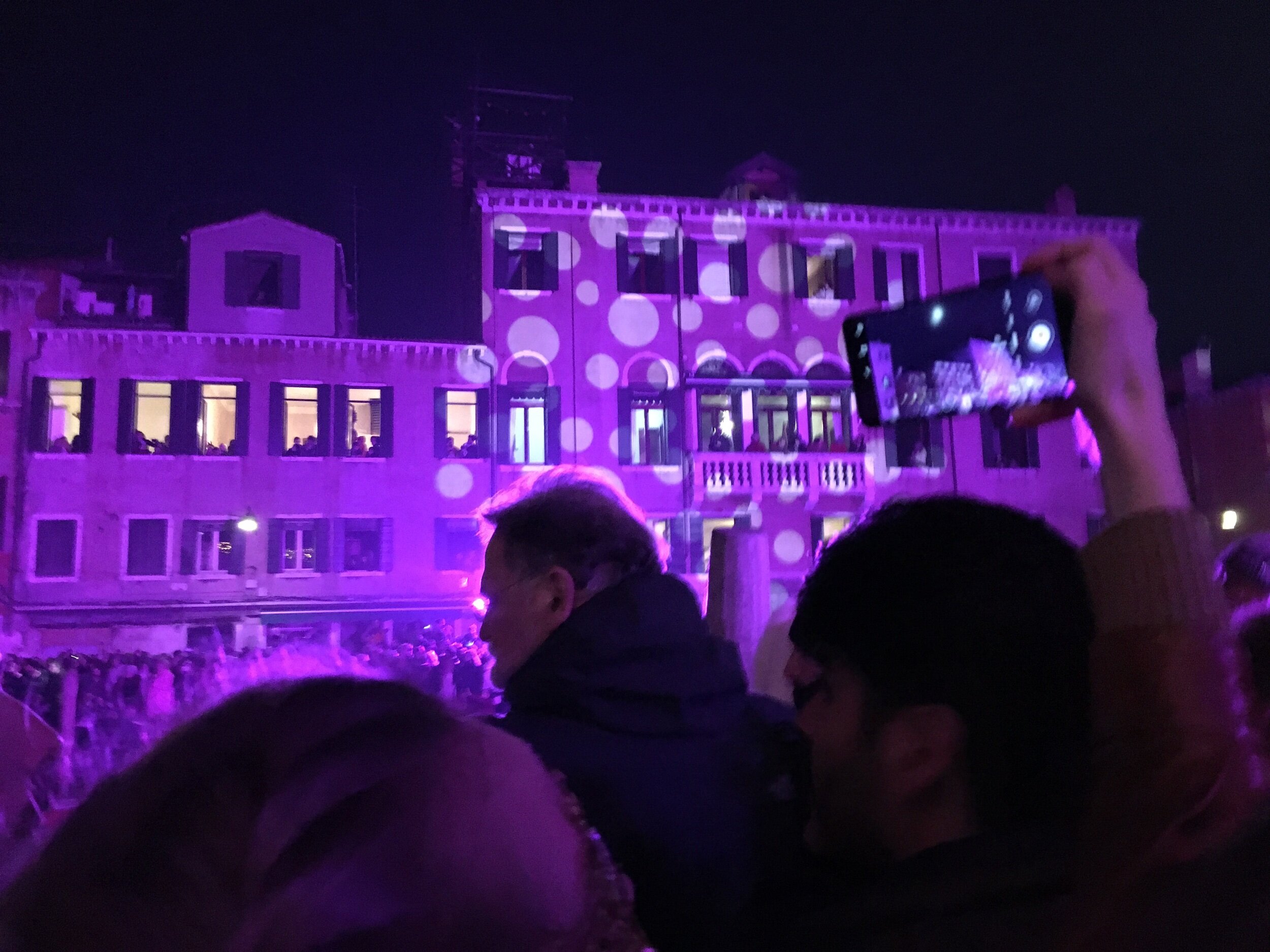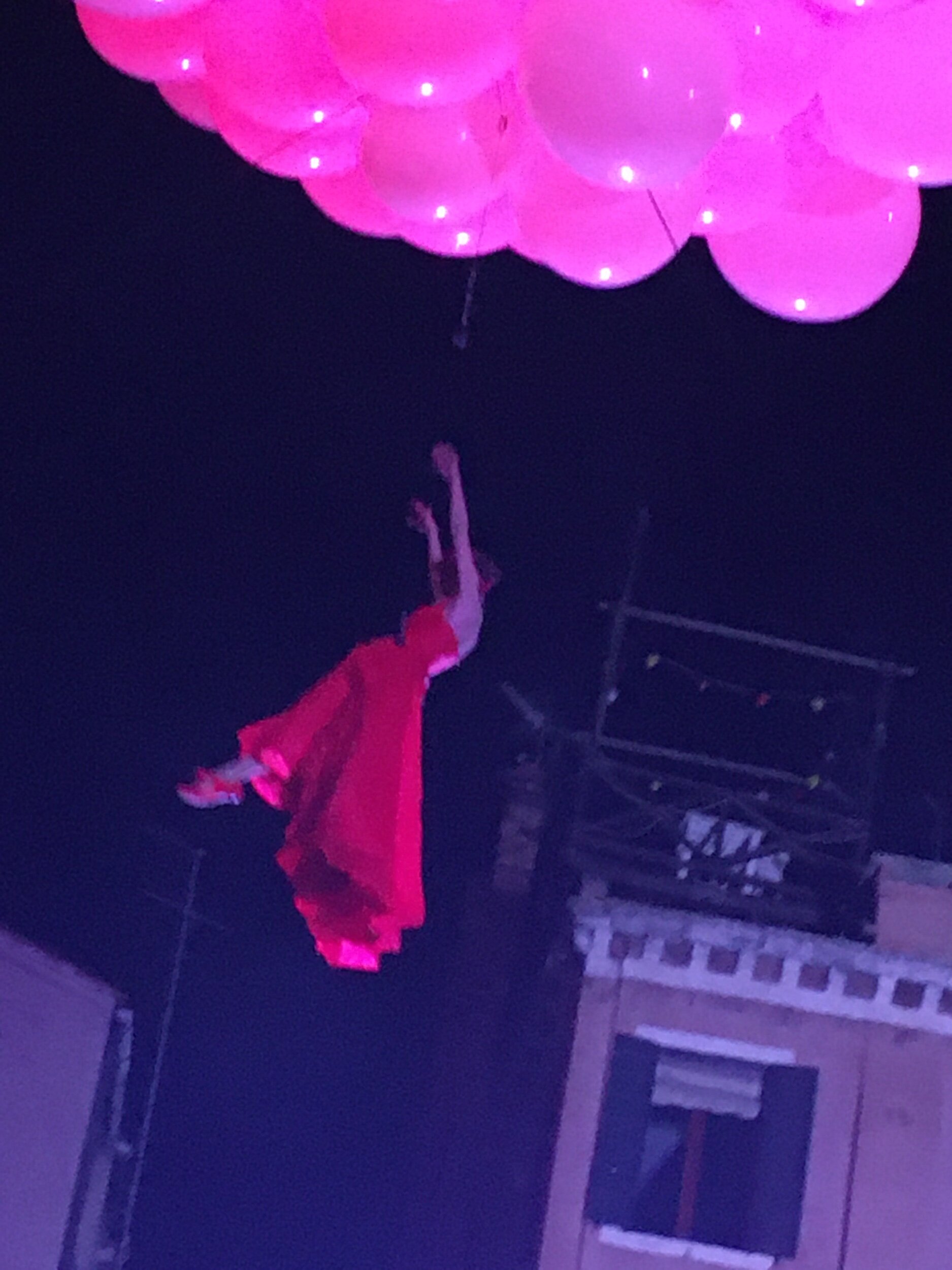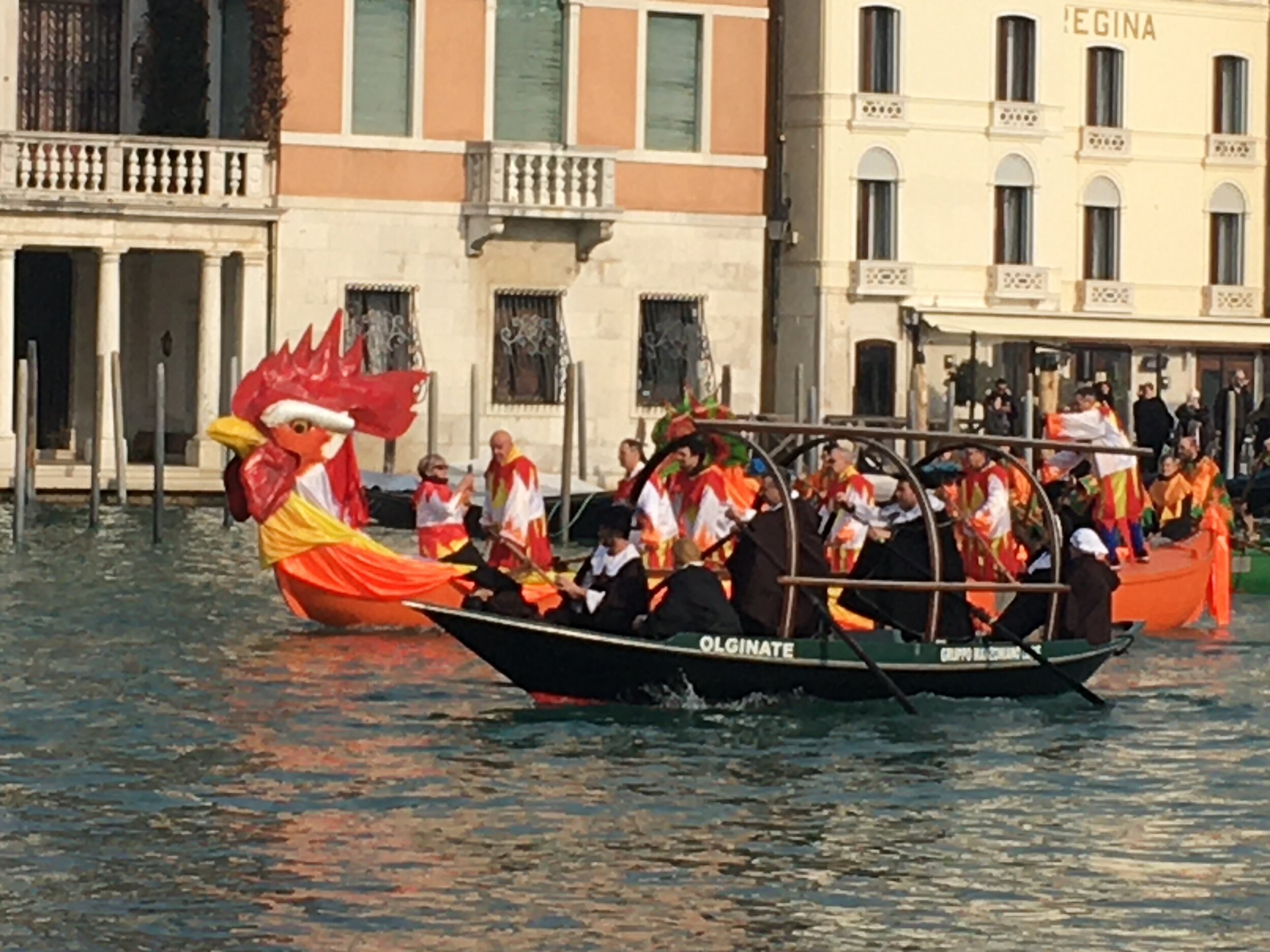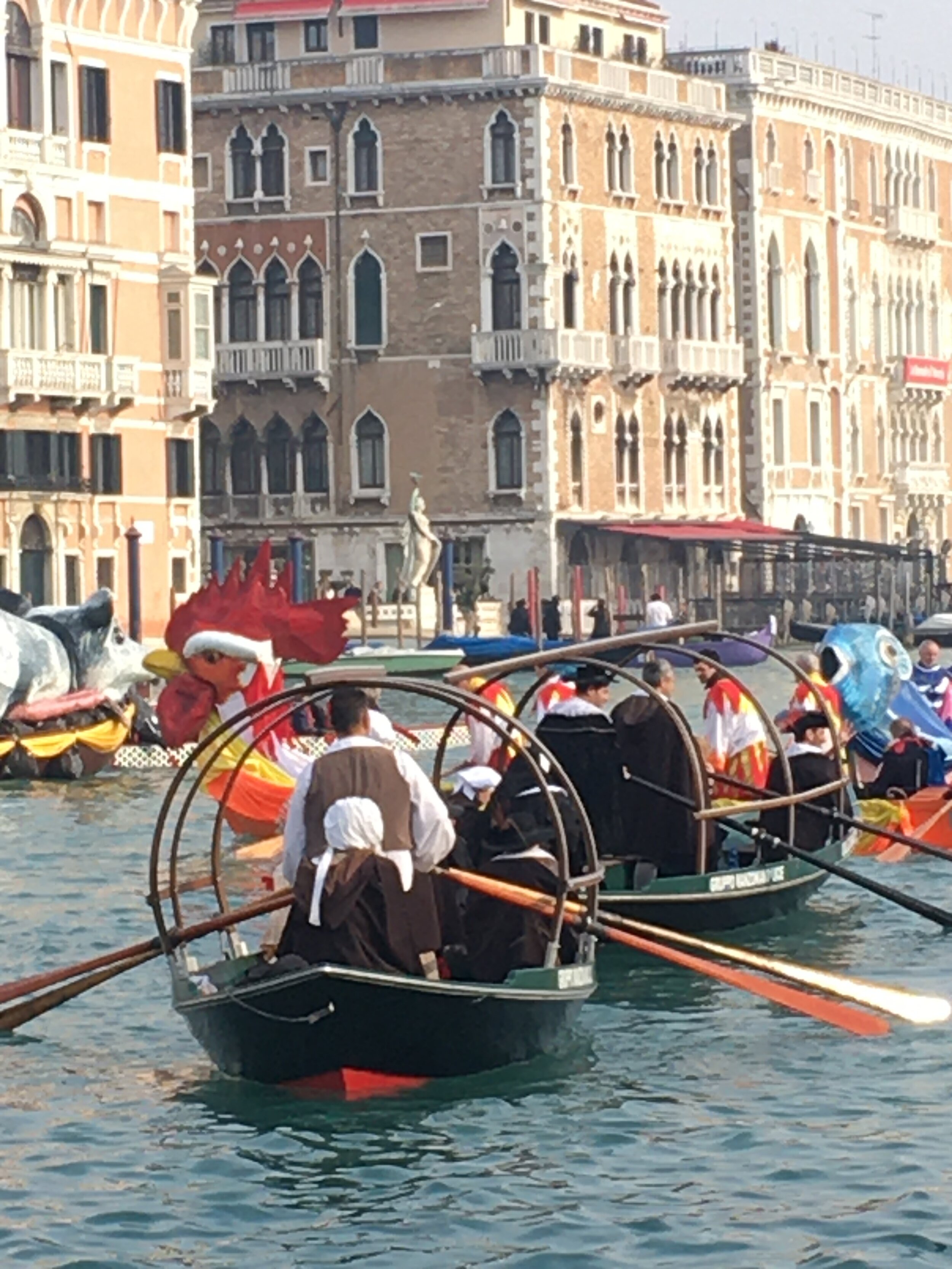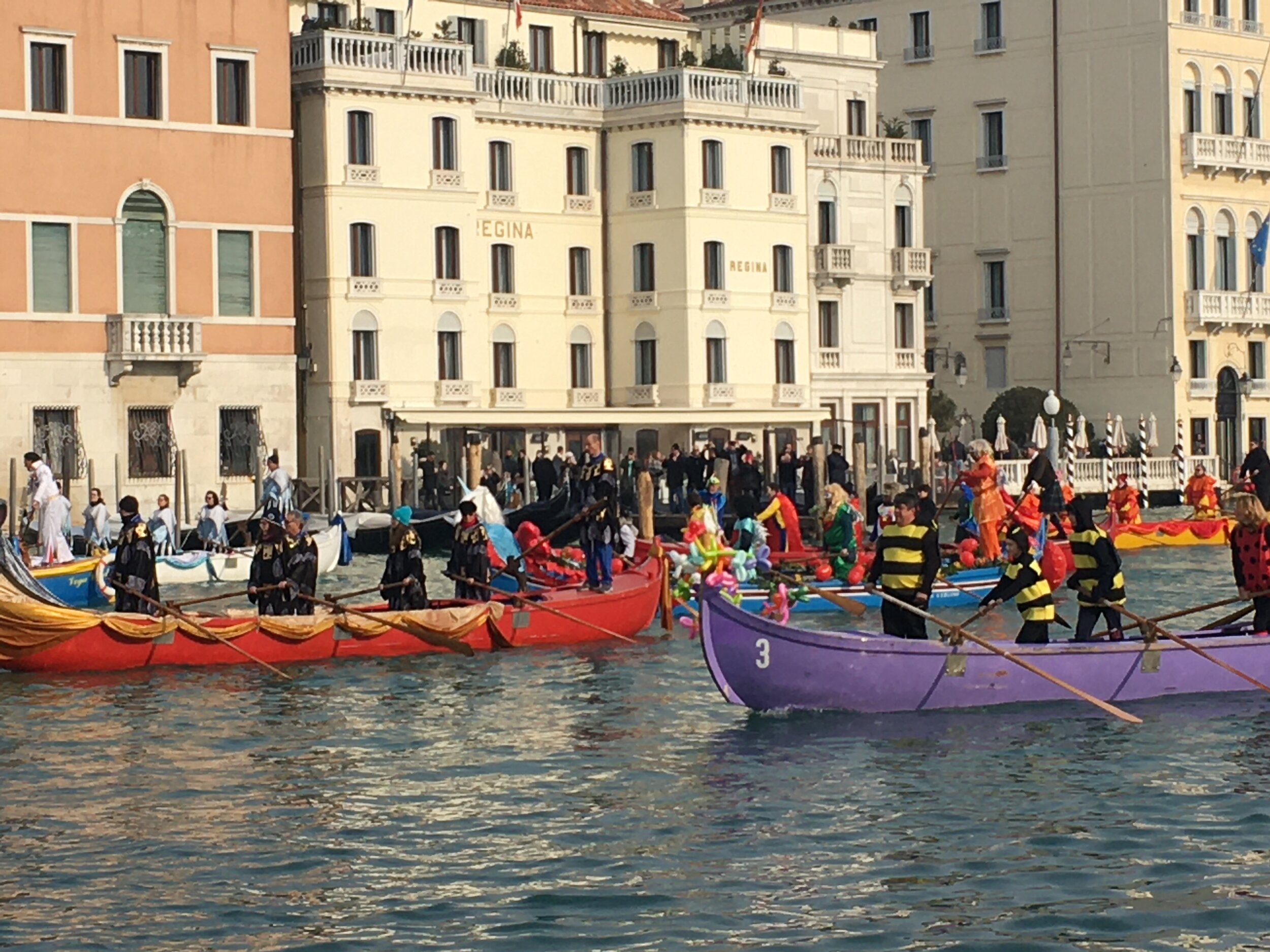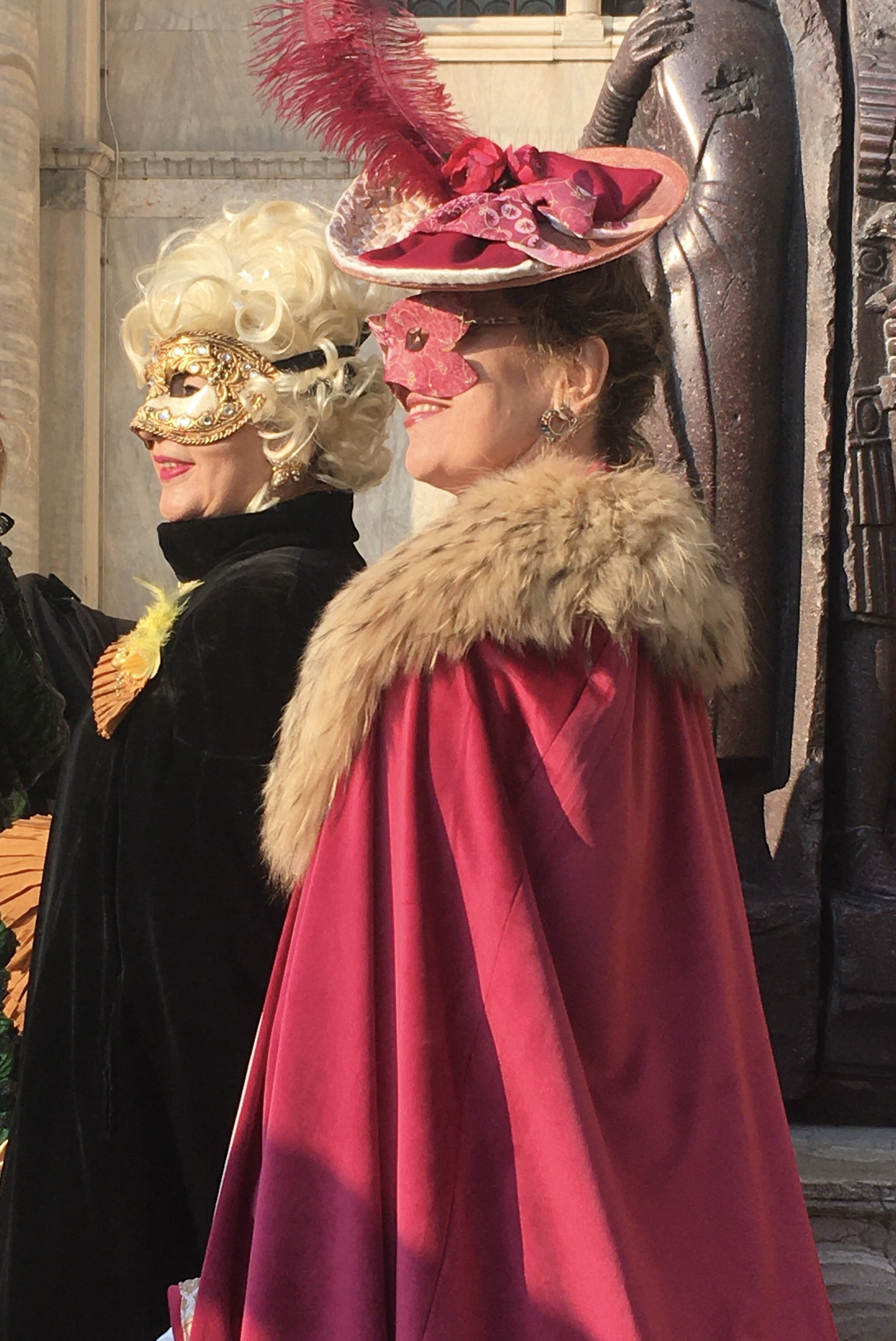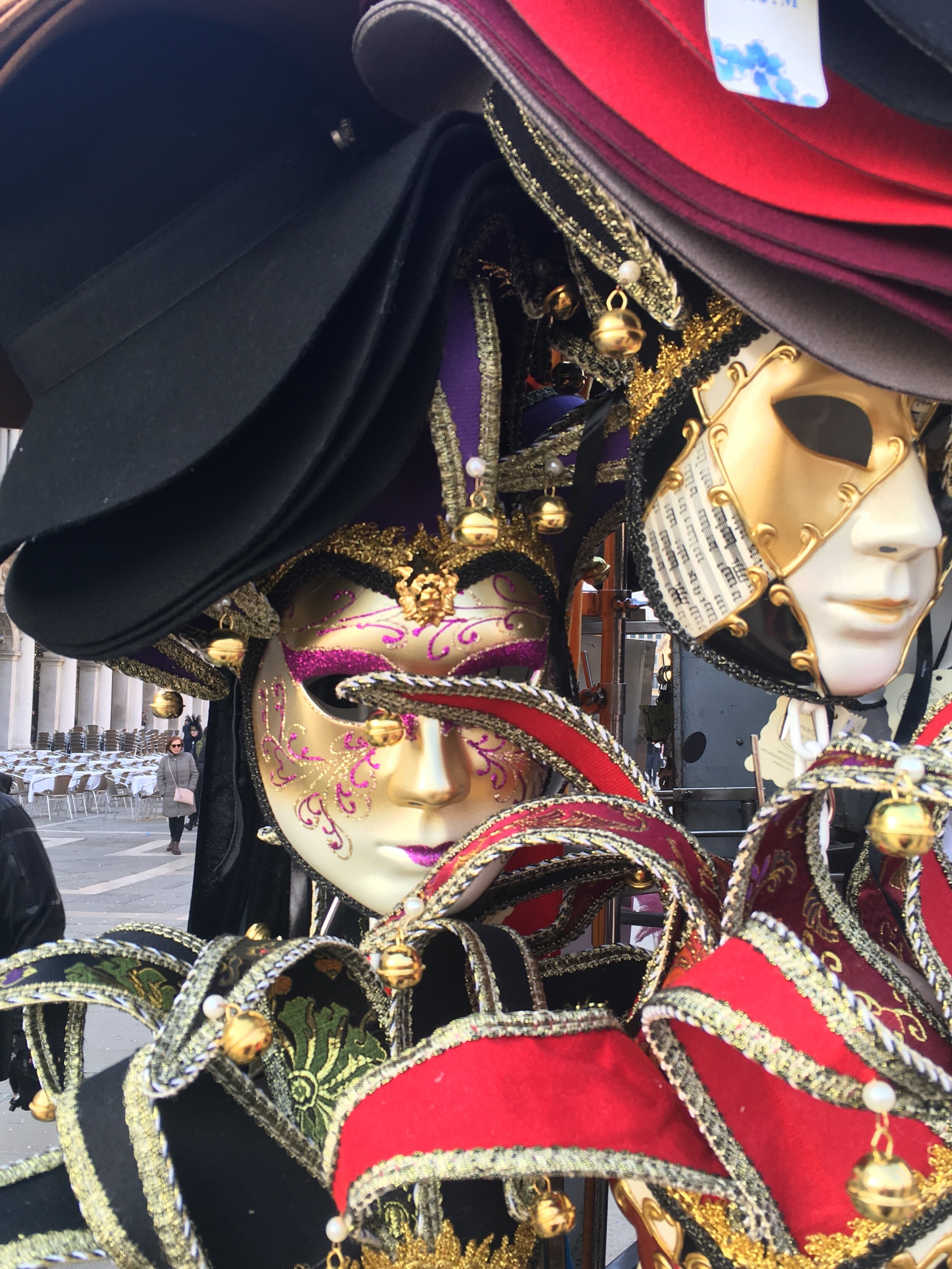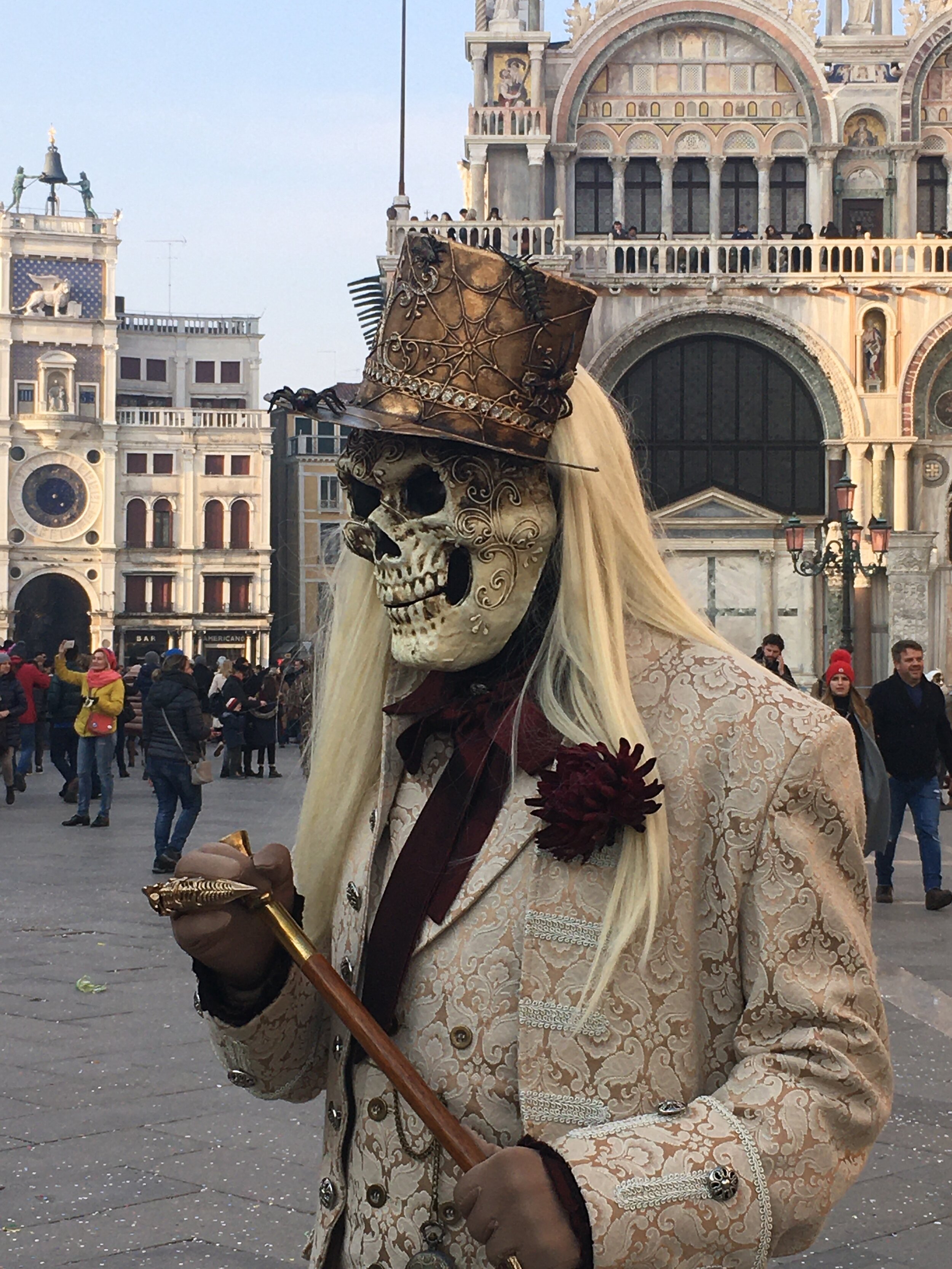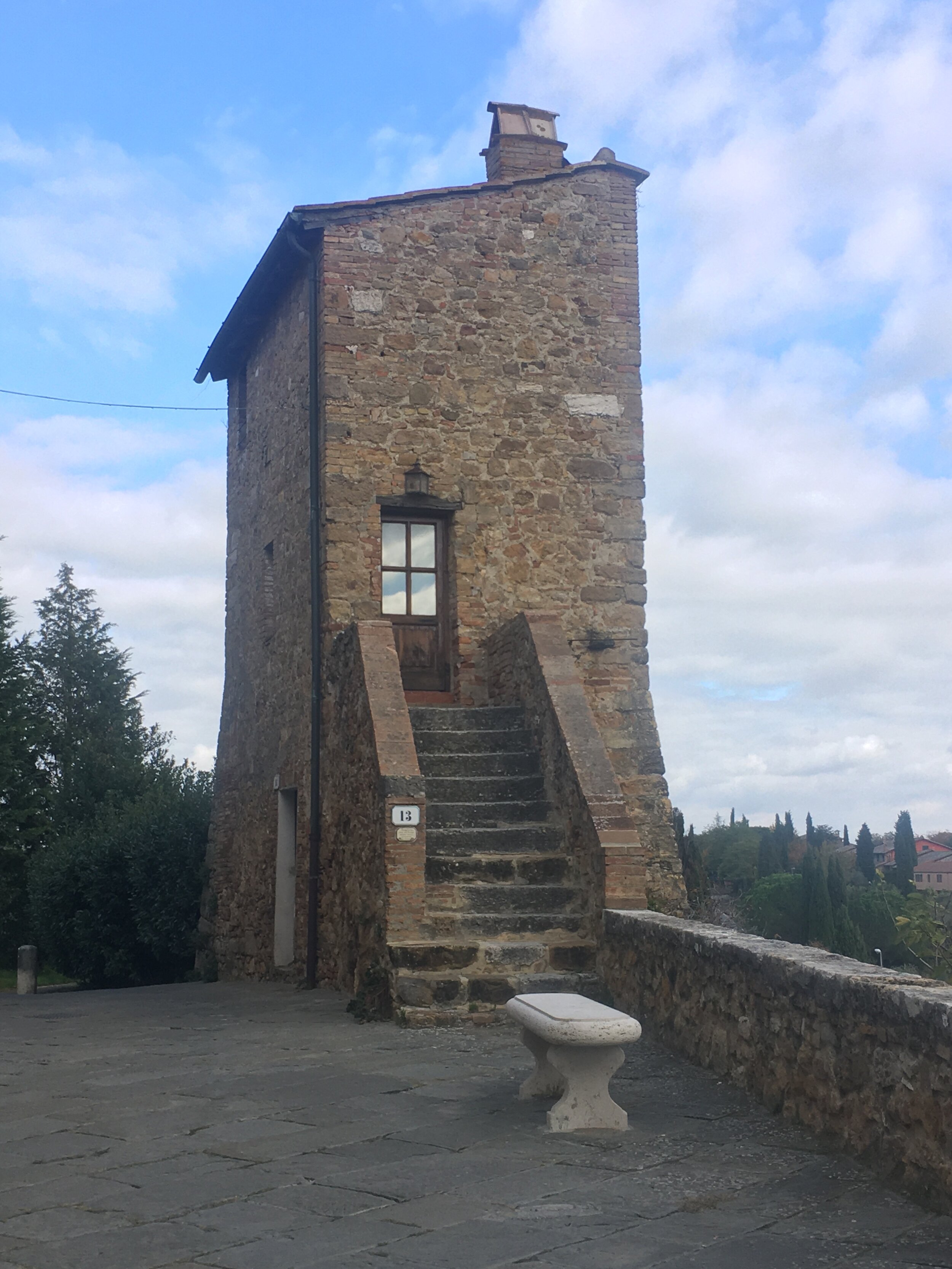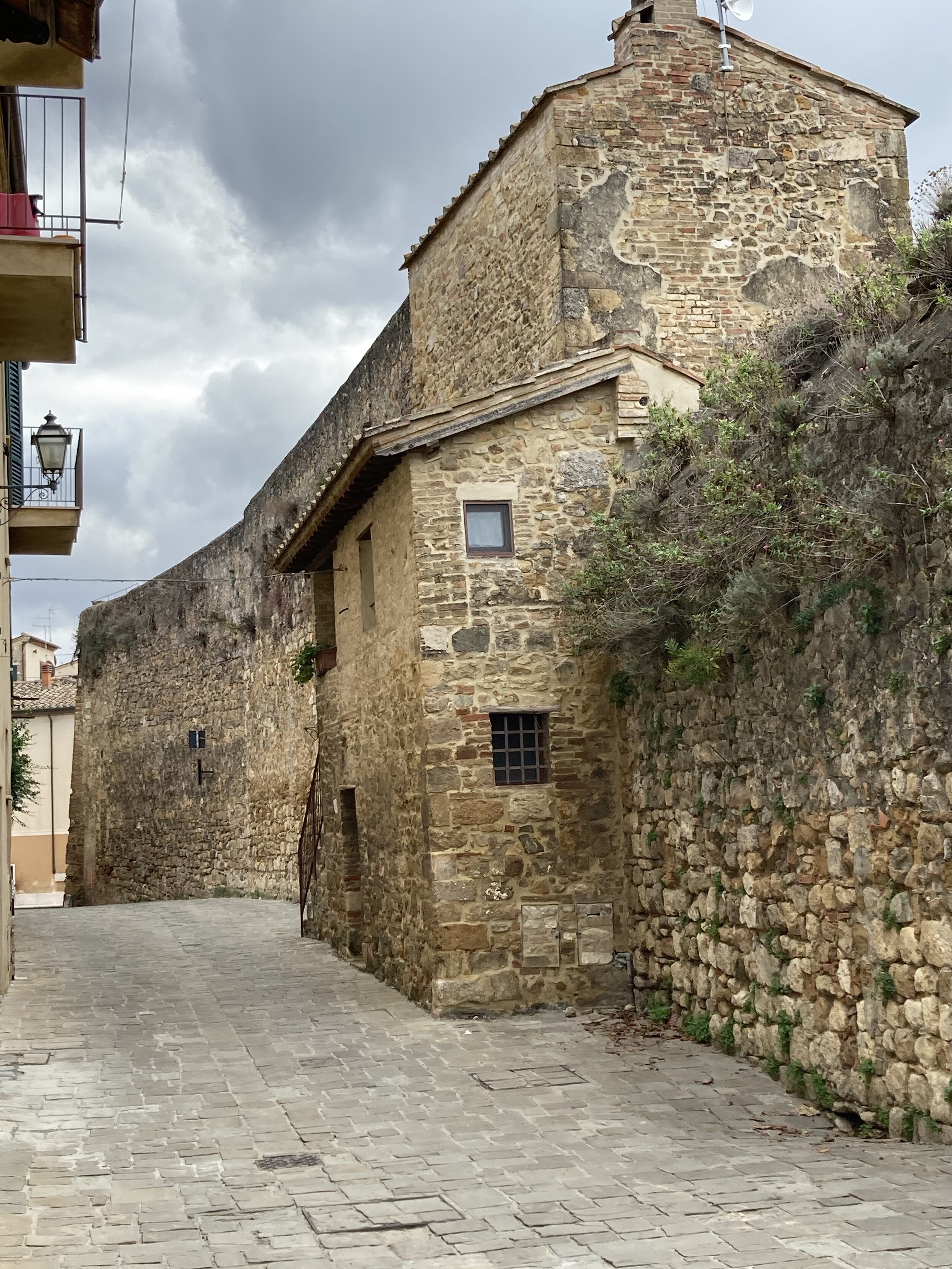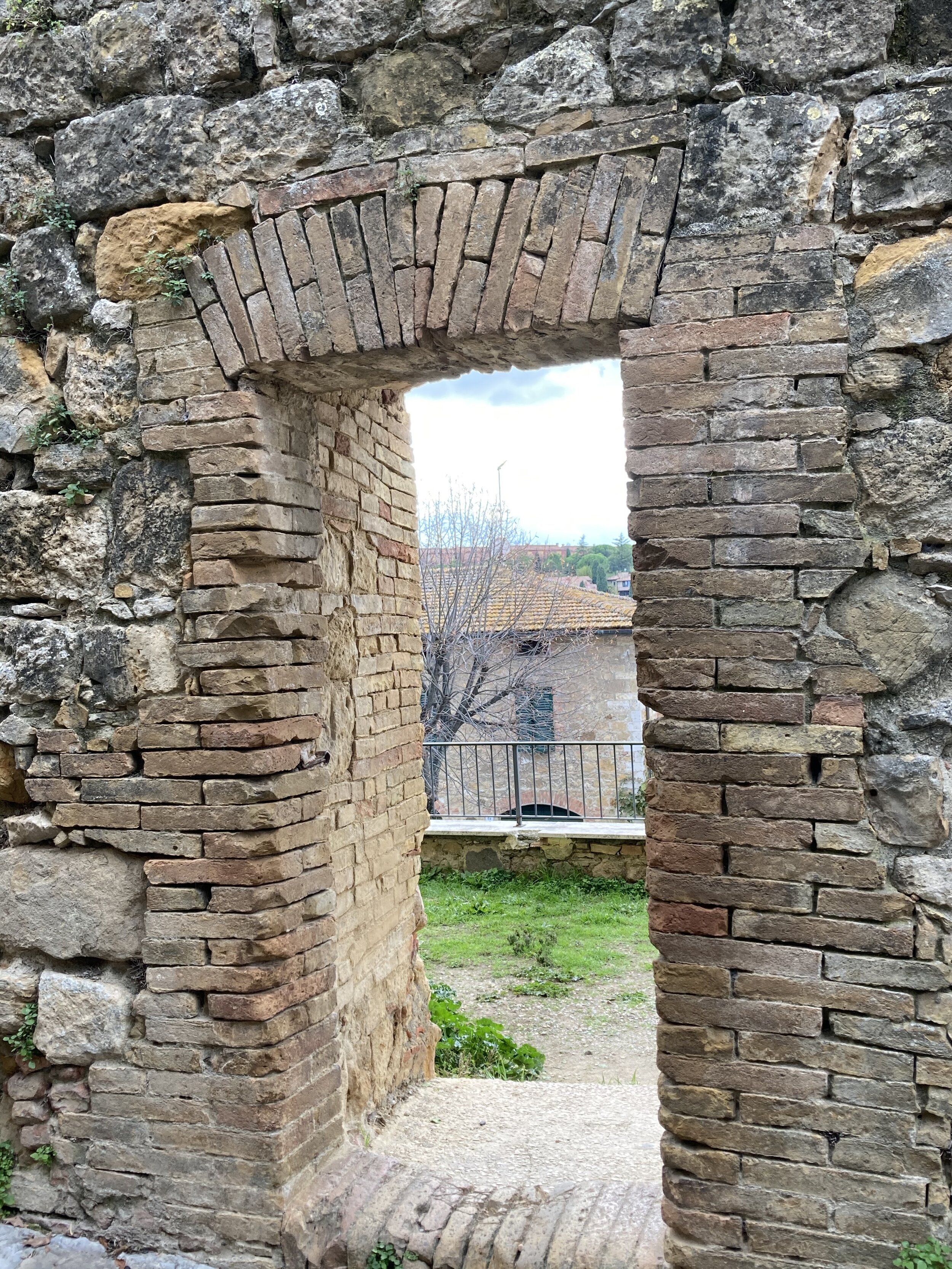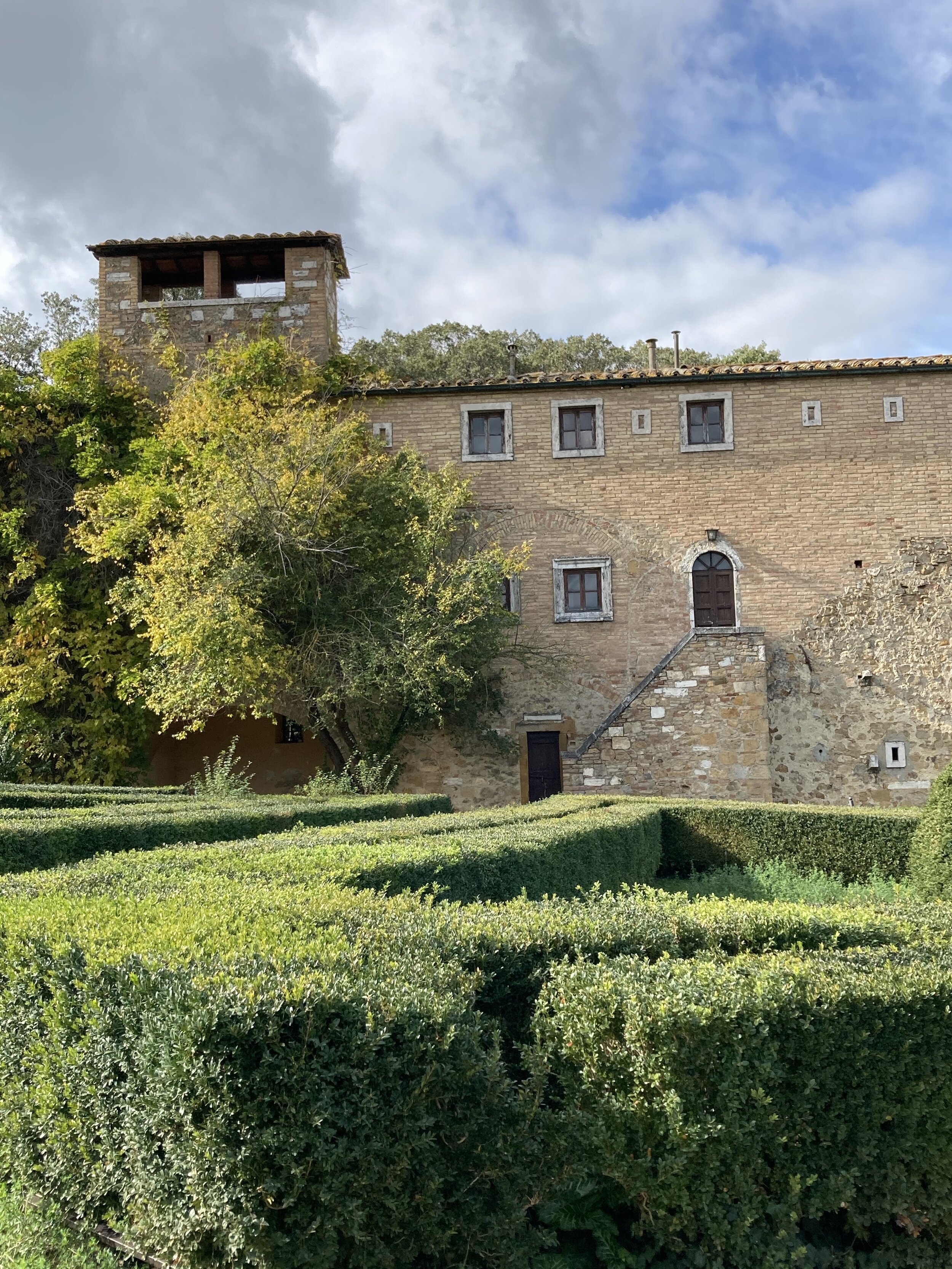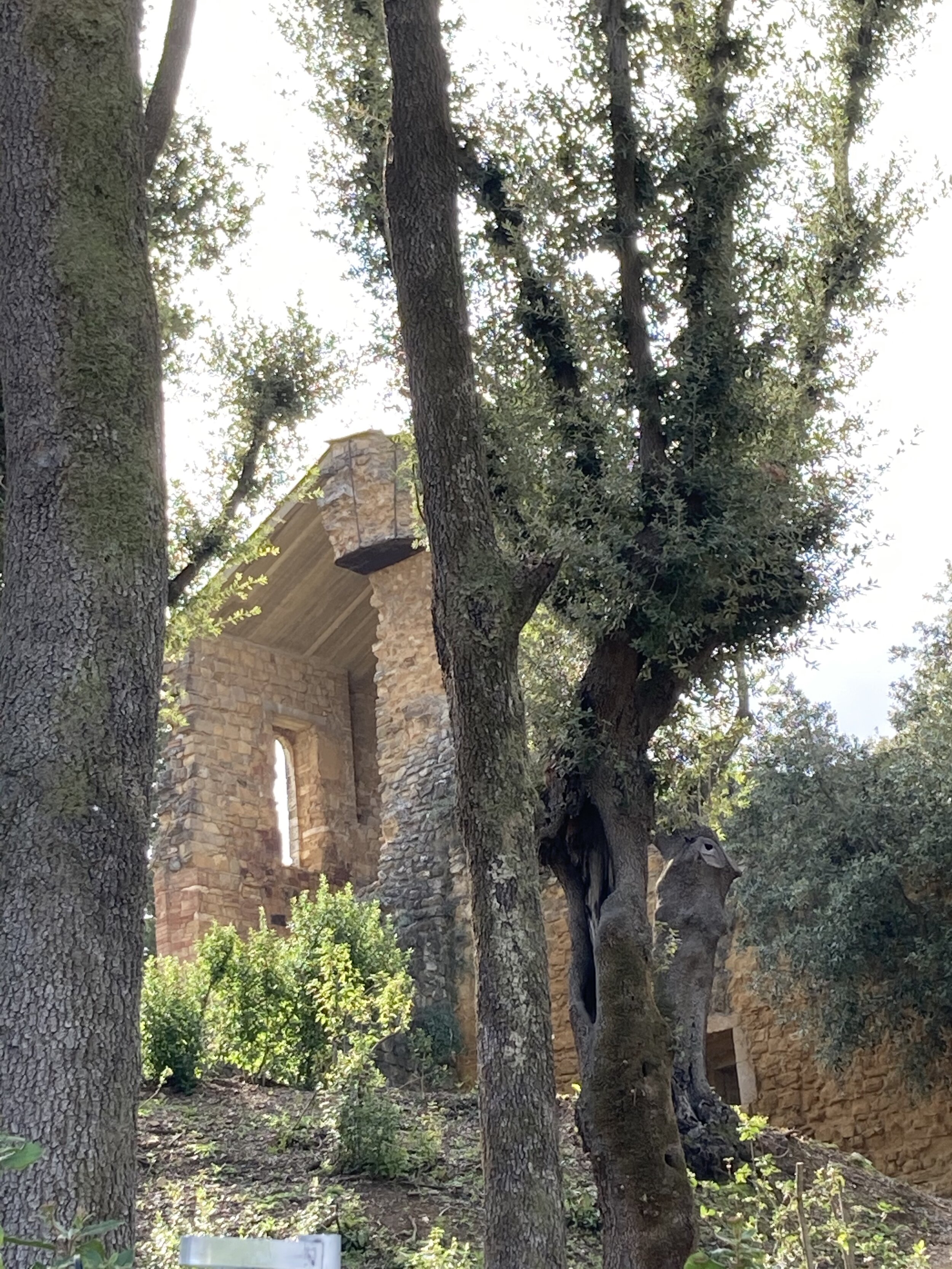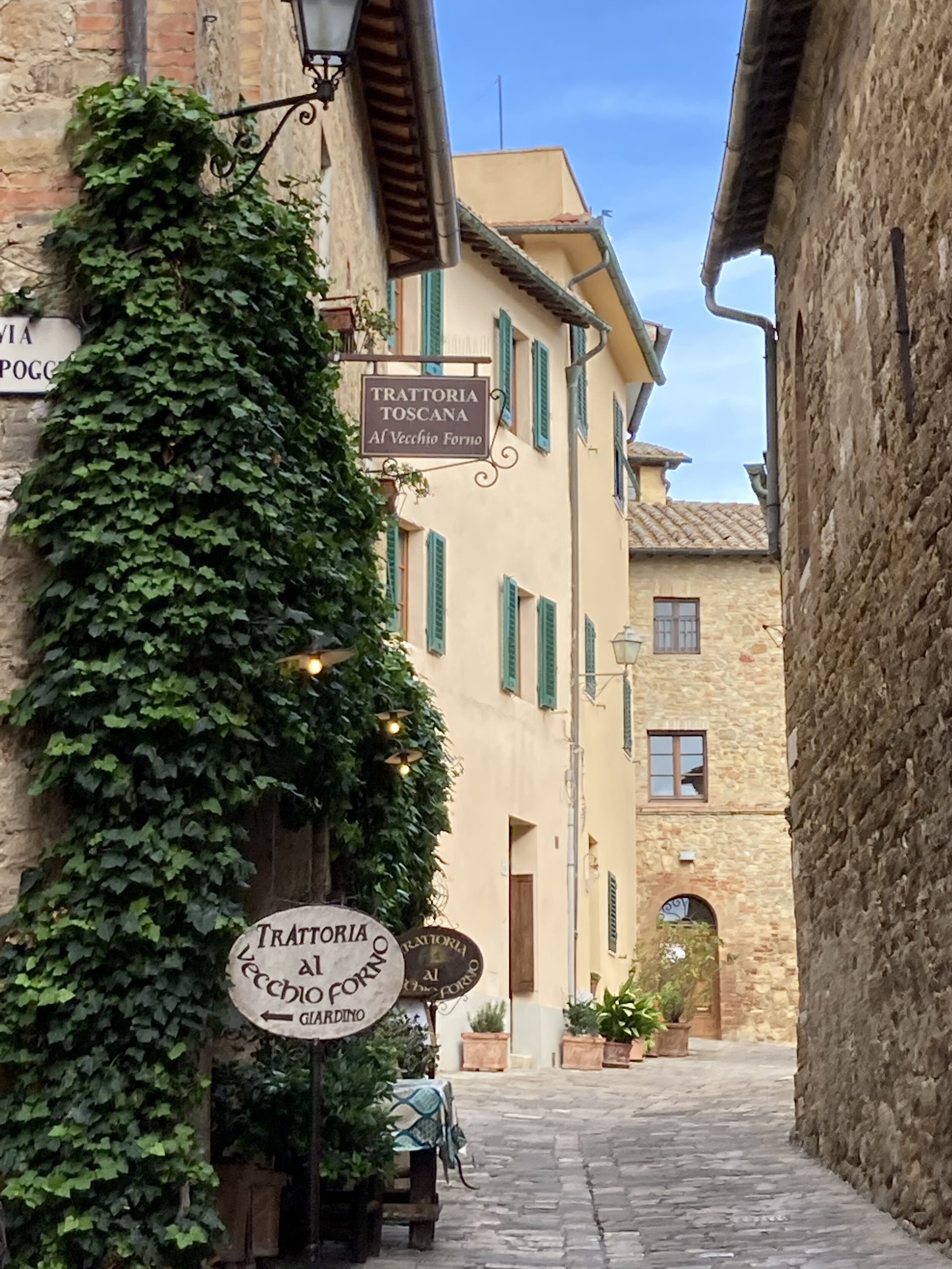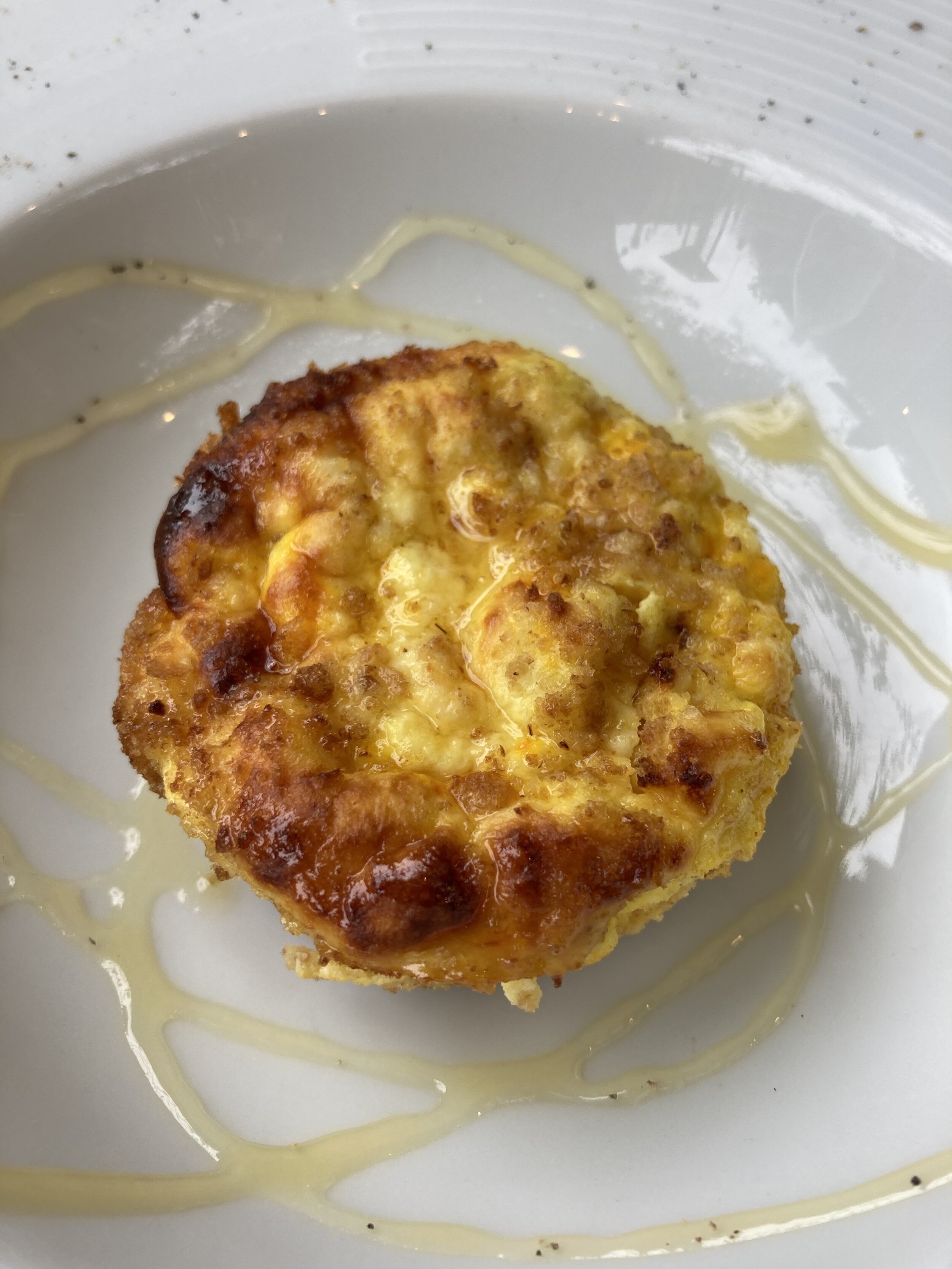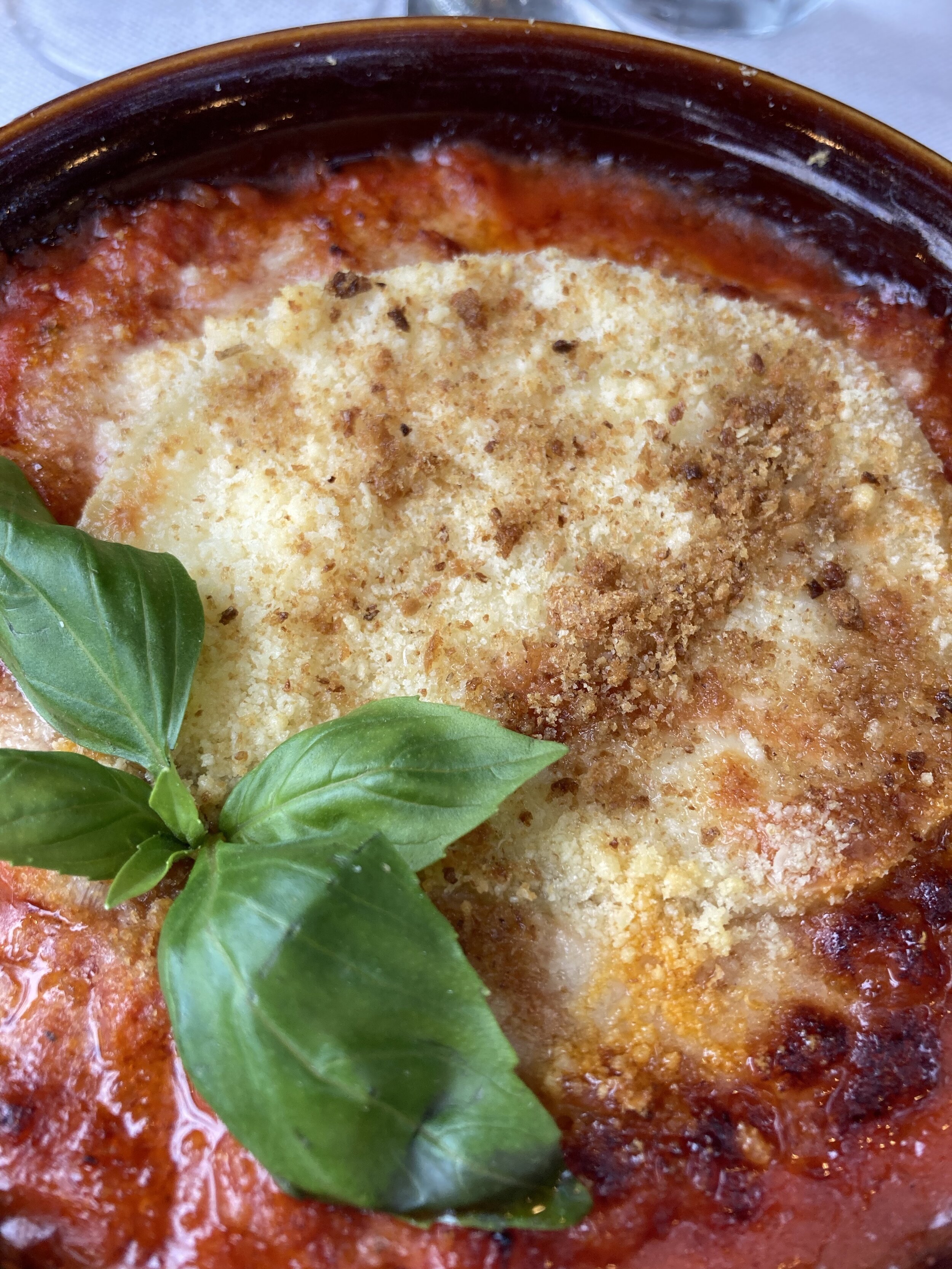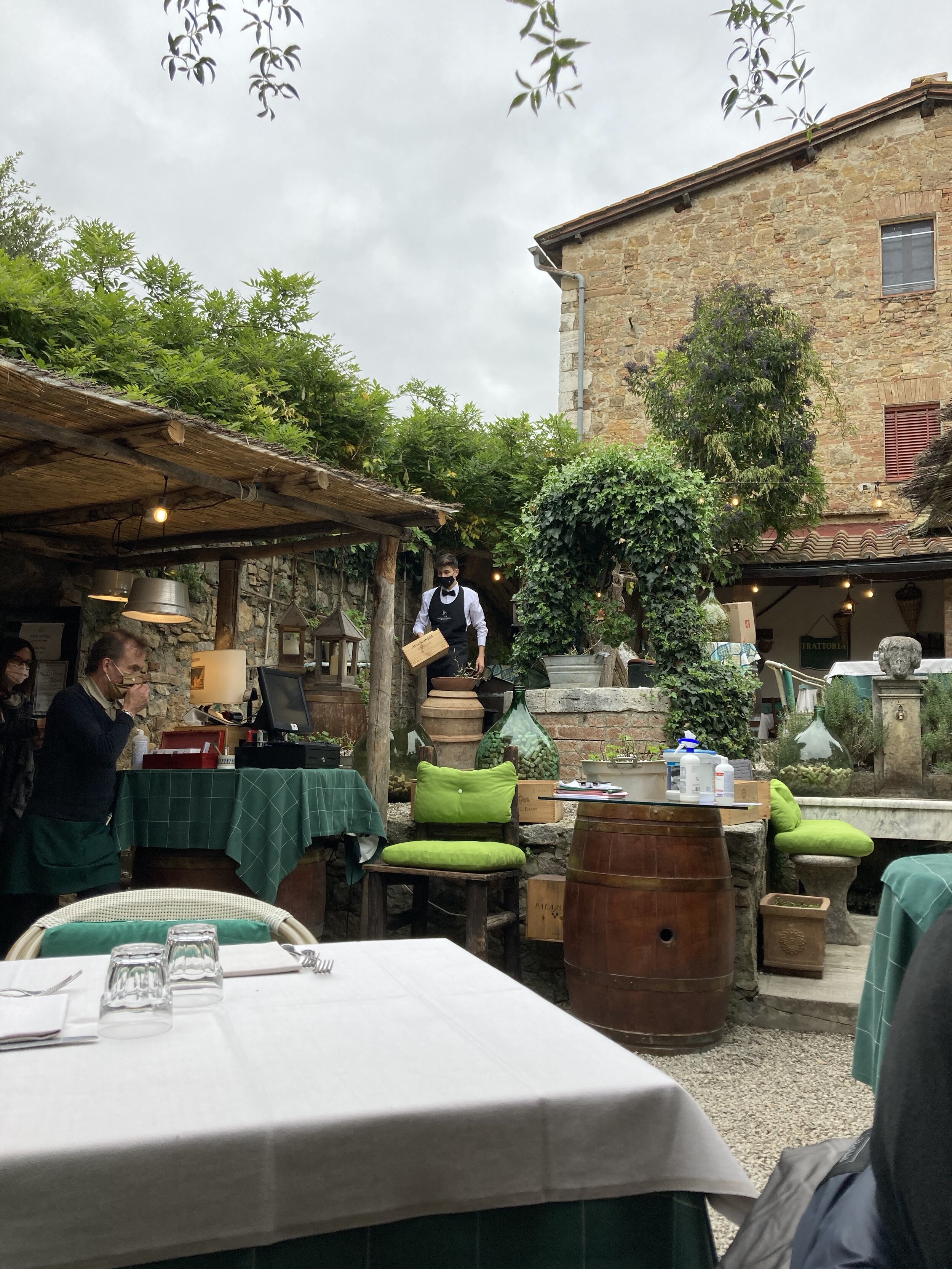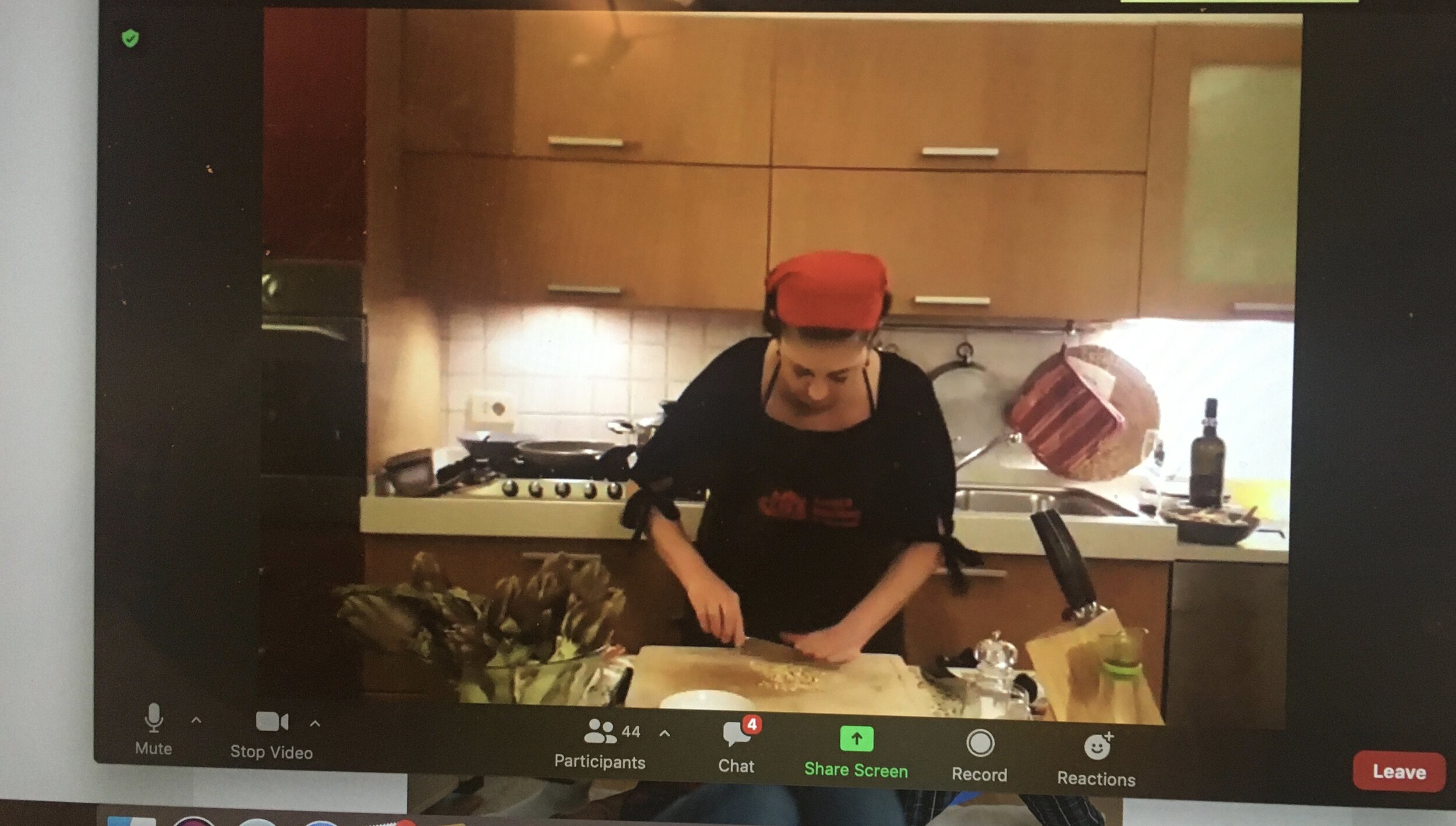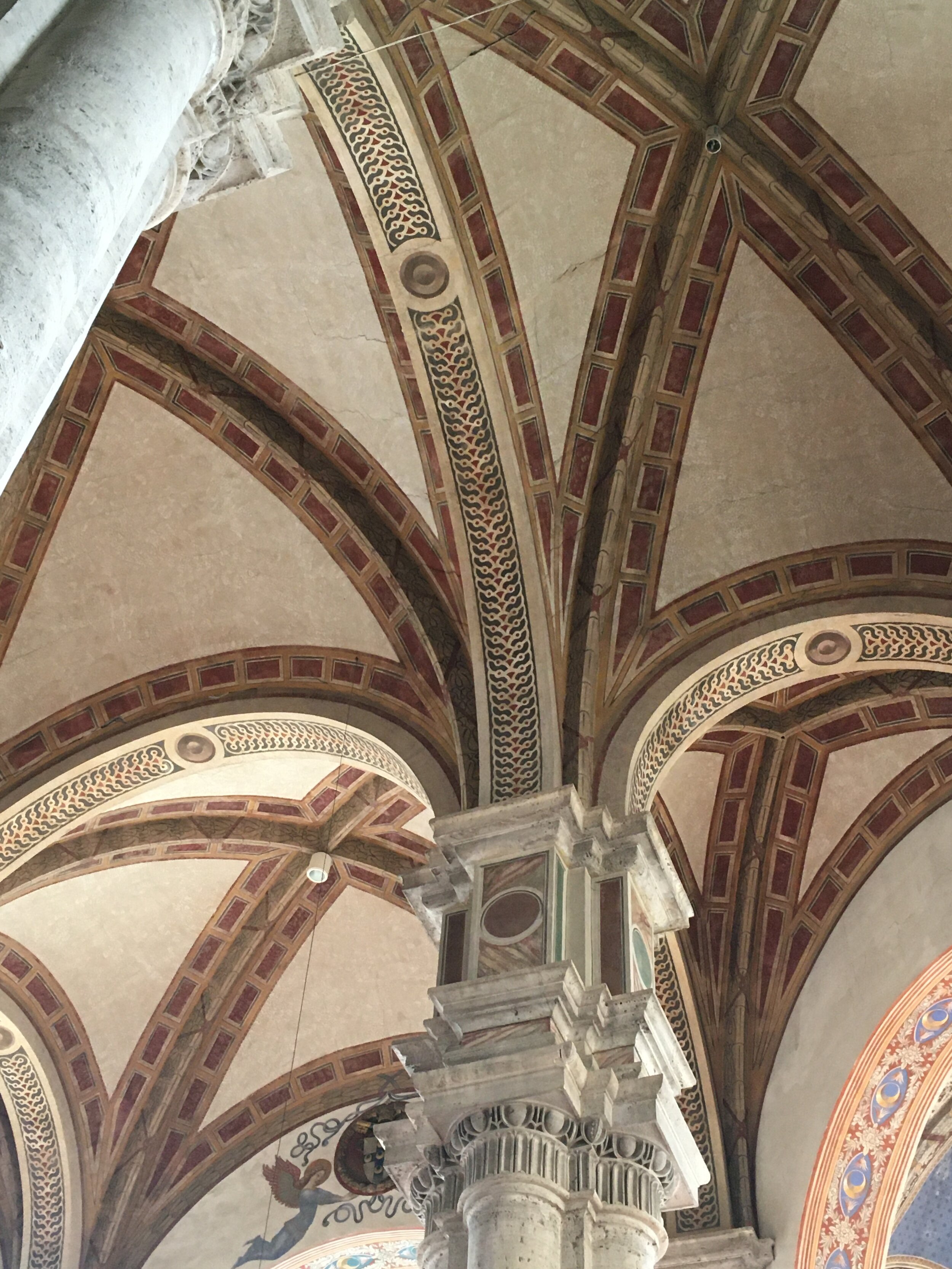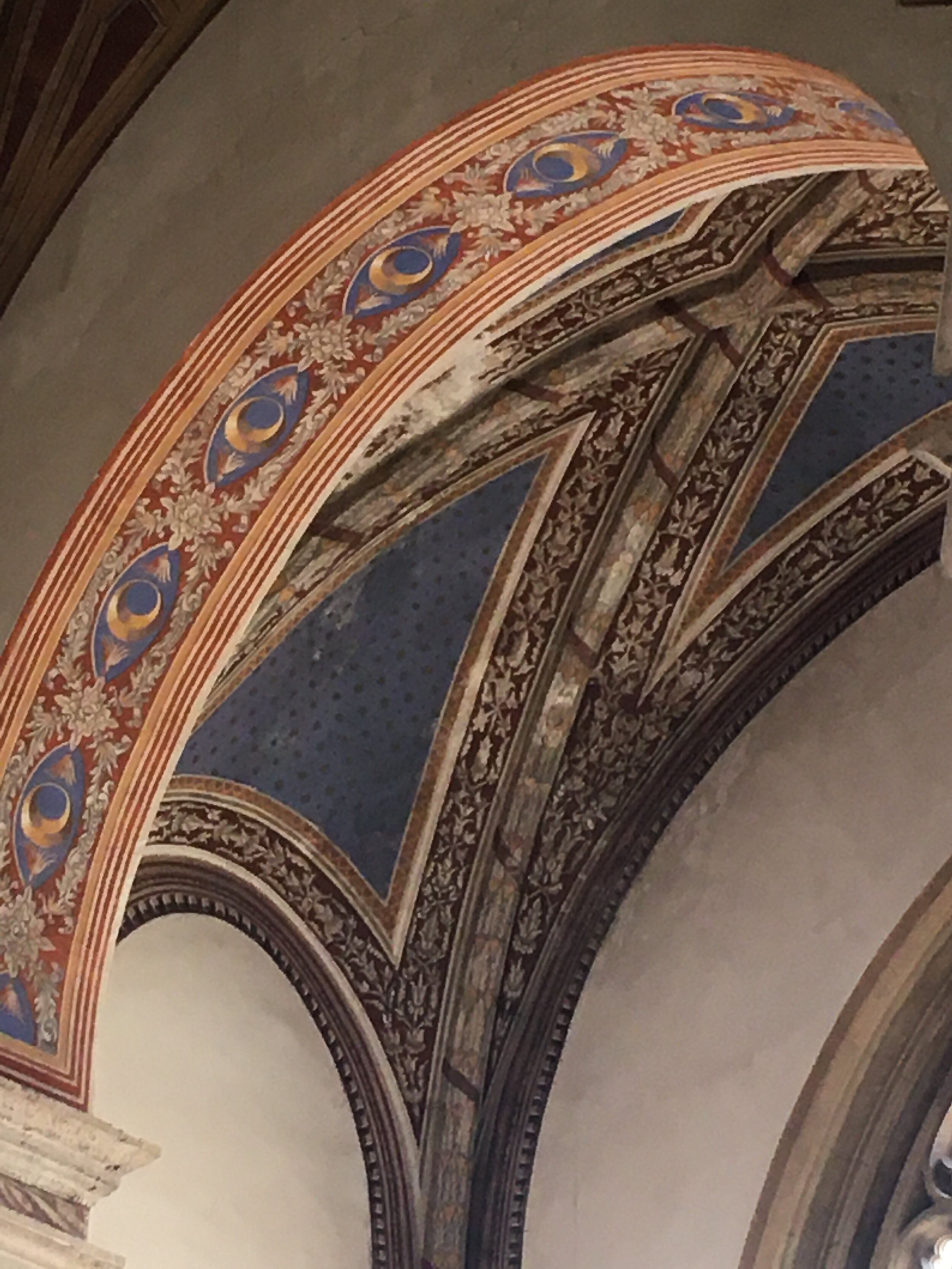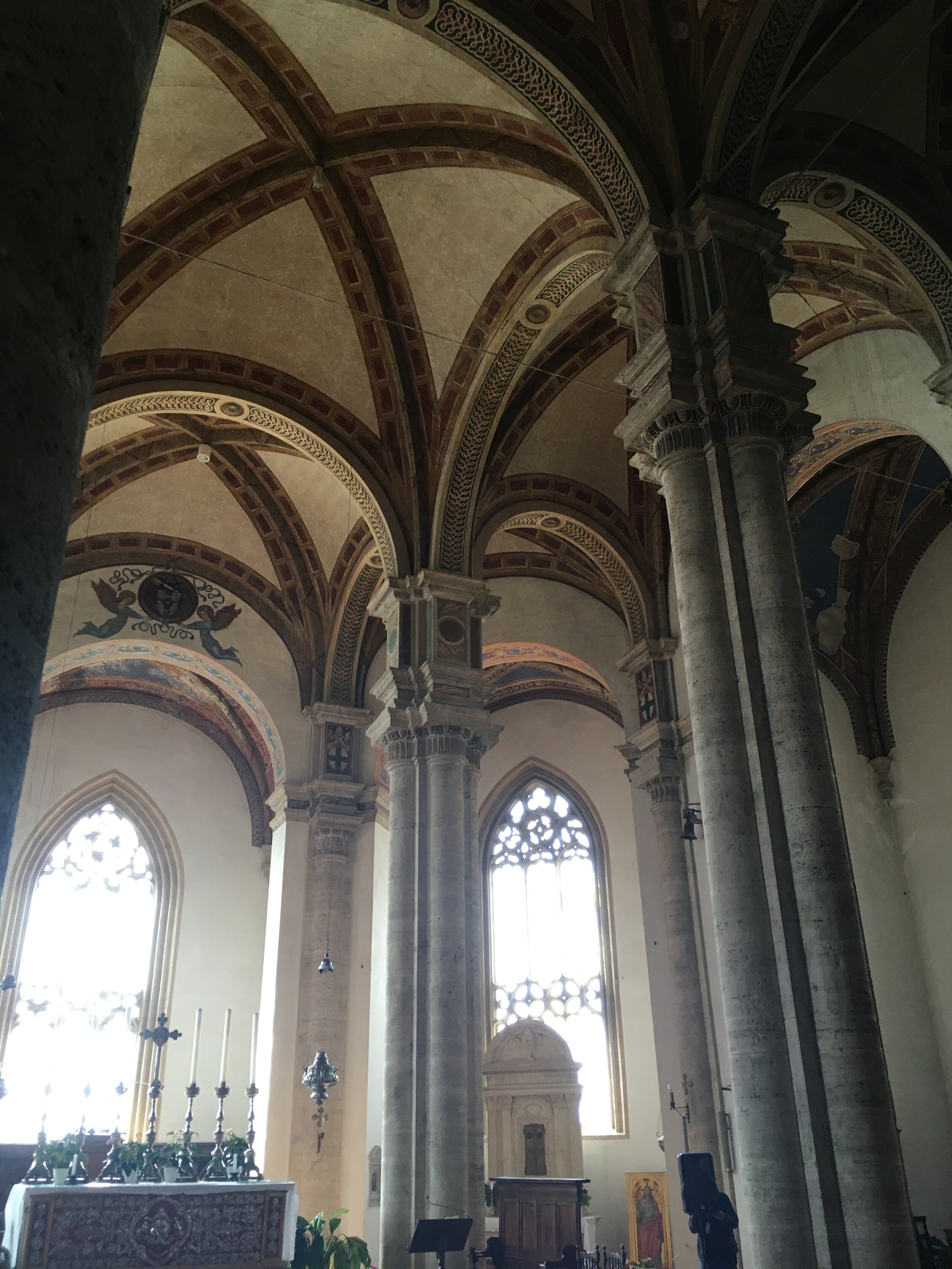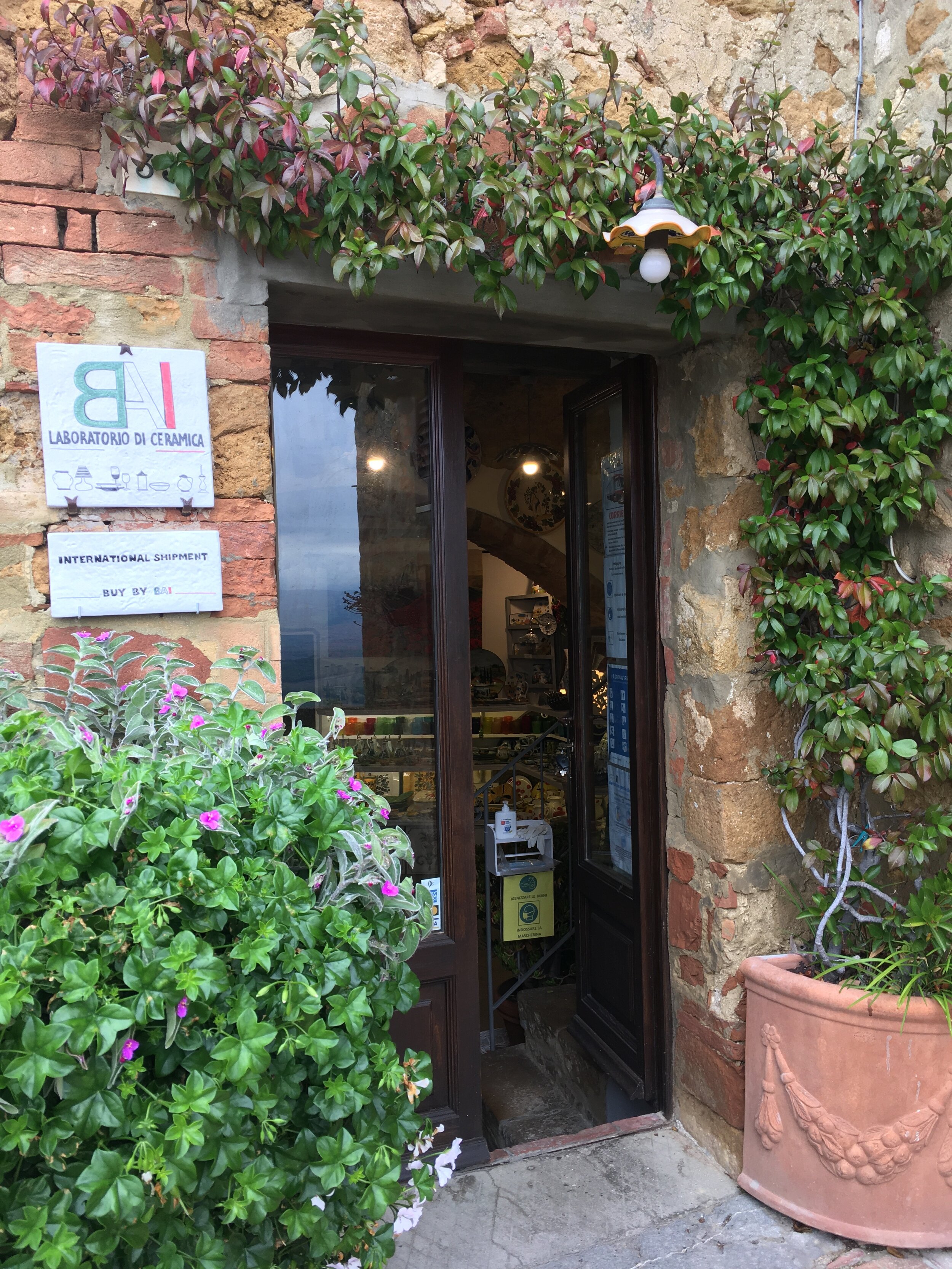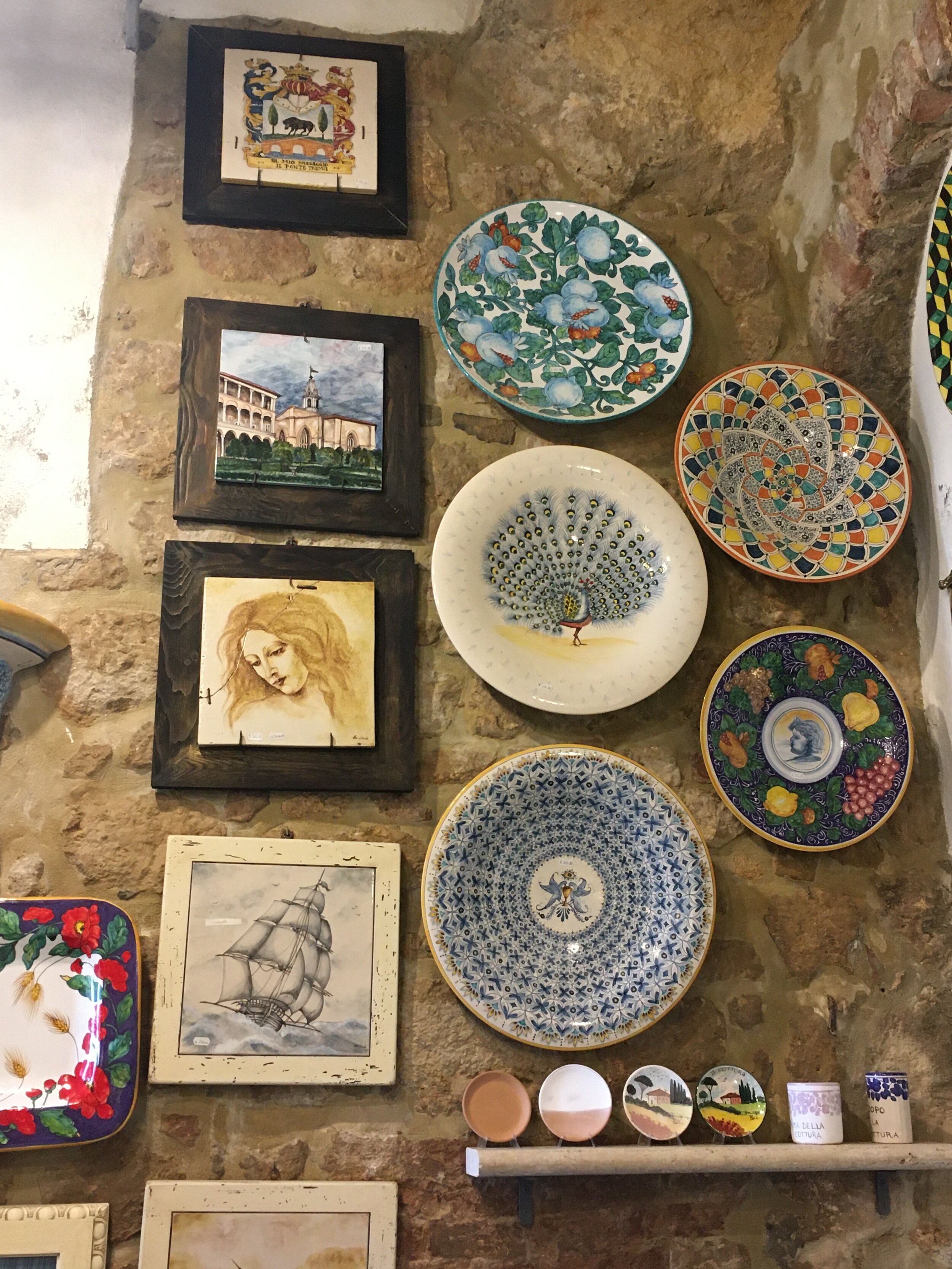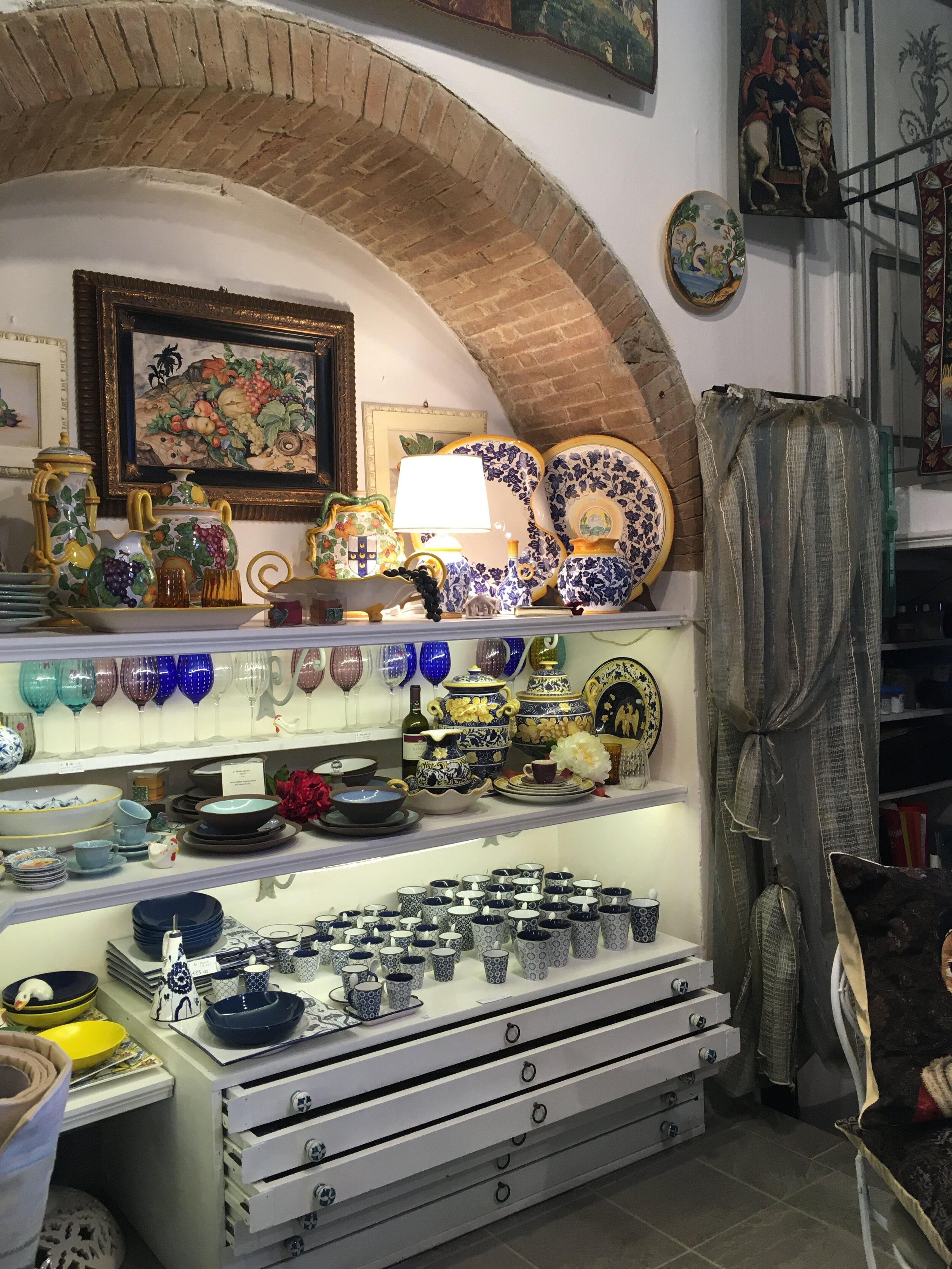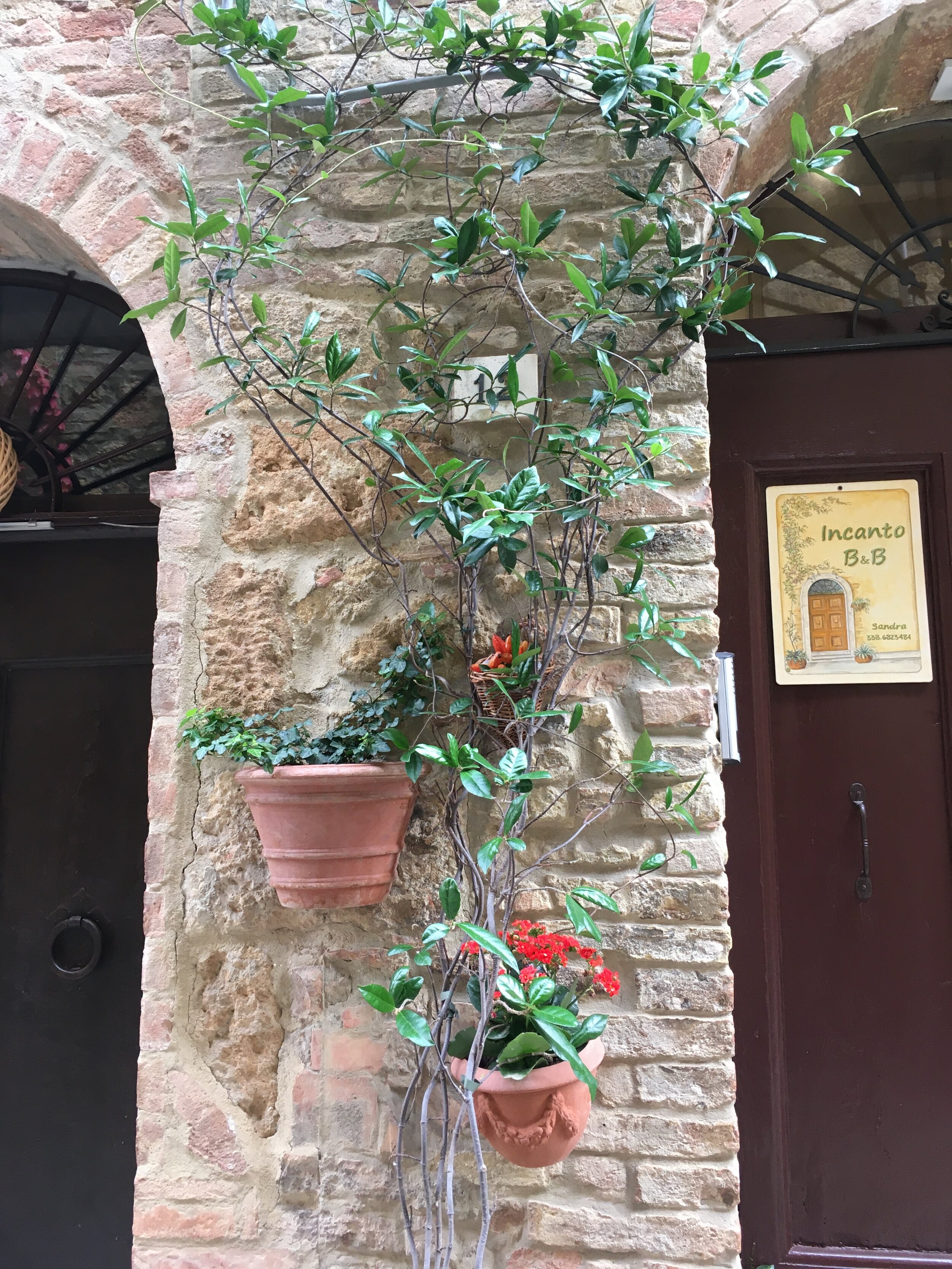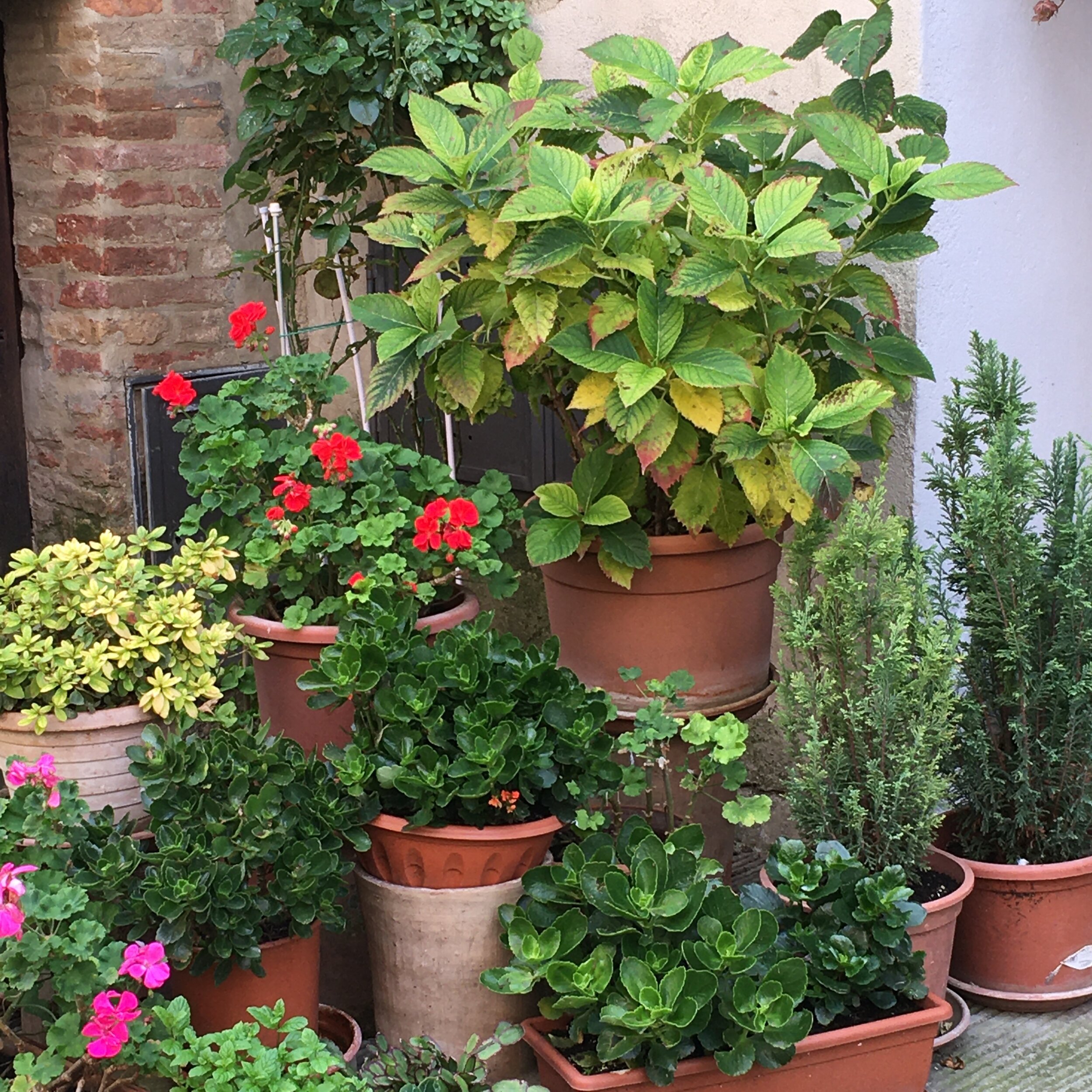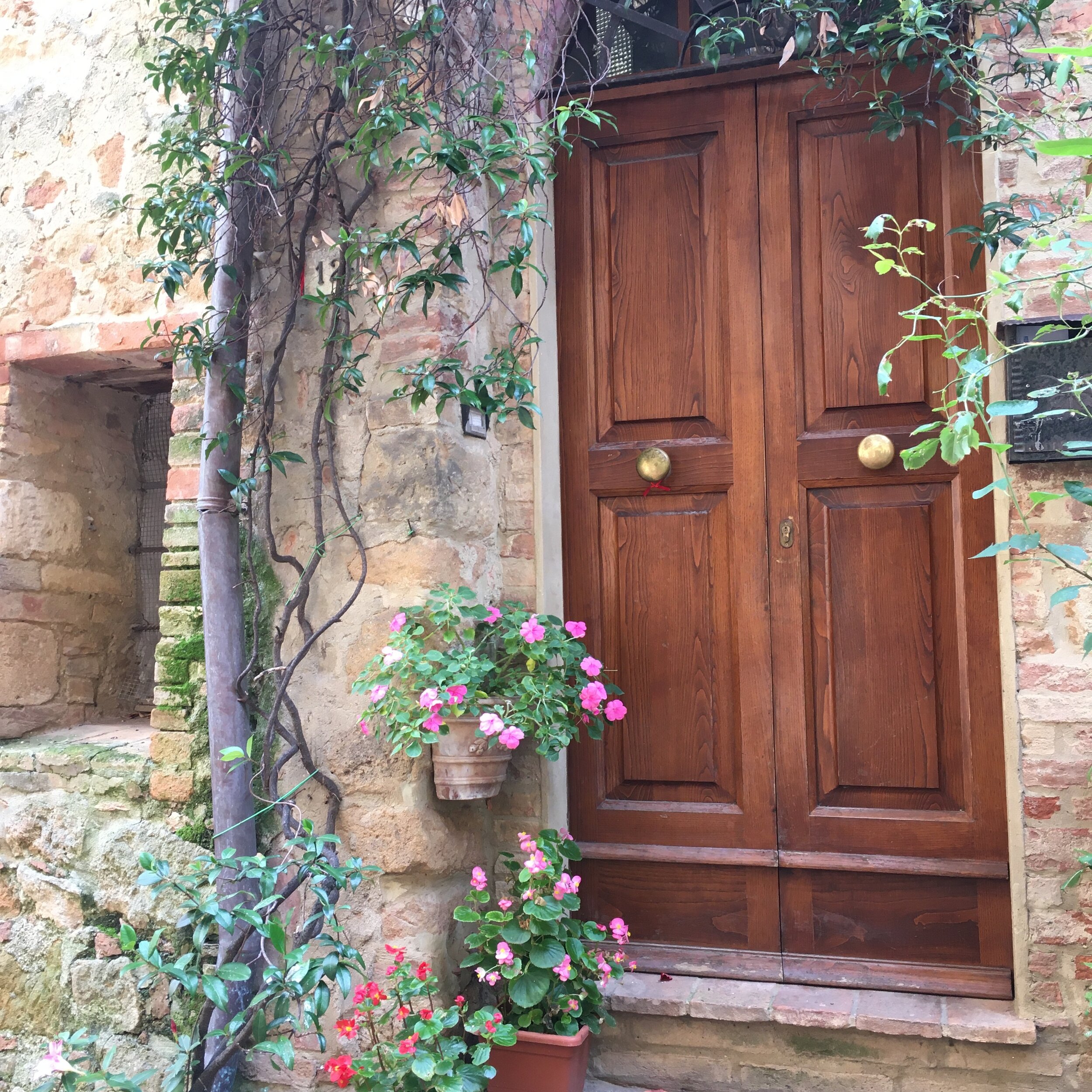From My Italian Kitchen: Crostini with Tuscan Bean Spread
Beans have a starring role in Tuscan cuisine. So much so that the Tuscan people are sometimes referred to (not always meant kindly) as “mangiafagioli” or bean eaters. The cannellini, a small white bean, is a staple. It appears in many dishes - soups, pastas (pasta e fagioli is a classic), as a contorno (side dish) to meat dishes, as well as in salads.
These little boxes of already cooked cannellini are a staple in my kitchen.
Cannellini are also the main ingredient in a popular appetizer - a flavor-packed white bean spread used to top slices of crostini (toasted bread). The dish is called crostini con fagioli bianchi in Italian.
There are many variations of this recipe, some use whole beans and some mashed, some begin with dried beans and others take a shortcut and use already cooked beans available in cans or little boxes. Because I’m a bit pigra (lazy), I never bother with the dried beans for this recipe. The pre-cooked ones work just great.
Though other ingredients may vary, most all recipes flavor the beans with garlic and olive oil.
It is such a simple topping but tastes heavenly on toasted and oiled slices of bread. It’s especially nice in winter when fresh, wonderfully ripe tomatoes (another popular topping for crostini) are not available.
Just a few simple ingredients are needed for a flavorful Tuscan White Bean Spread
The last time I made Tuscan White Bean Spread I amped up the flavor by using roasted garlic instead of the usual chopped raw garlic. The roasted garlic added a nice depth of flavor and less of the strong tang and aftertaste that comes with raw garlic. I think I will always make it this way! I also like using lime juice instead of the more traditional lemon juice, but either works well.
This spread goes very well alongside some flavorful green or black olives, Tuscan-style salami, or marinated little round red peppers stuffed with tuna. Put those all together and you have a complete Italian aperitivo. Just add some friends and a bottle of prosecco!
Note: I wrote the above exactly one year ago after I made the bean spread for what was to be (though I didn’t know it at the time) the last big gathering before COVID hit and everything here in Italy locked down. I never did post it back then, and am posting it now with hope that I will soon (with COVID numbers relatively low here in Tuscany and a vaccine on the horizon) be able to invite people to my home to enjoy an Italian aperitivo gathering. You can be sure this will be on the table!
Tuscan White Bean Spread
375 - 400 grams cannellini beans, rinsed and drained
3 good sized cloves of roasted garlic (or 2 cloves finely minced raw garlic)
2 teaspoons flat leaf parsley, finely minced
1/2 teaspoon sea salt
1/4 teaspoon coarse or medium ground black pepper
2 teaspoons fresh lime or lemon juice (or more to taste)
2-3 tablespoons good olive oil
1 baguette of Italian bread
In a medium size bowl, mash cannellini beans with a fork.
Add garlic, parsley, salt, pepper, and lime (or lemon) juice. Mix with fork to blend.
Stir in 2 tablespoons olive oil, adding another tablespoon slowly to achieve a nice spreading consistency.
This is a very flexible recipe - adjust the quantities to suit your tastebuds! If you like a smooth consistency, mash the beans to a paste, if you like a little more texture, then make a more coarse mash.
Cut bread into thin slices, lightly toast, and drizzle with olive oil. I don’t recommend rubbing the bread with garlic as there is plenty of garlic flavor in the bean spread - but if you love, love, love garlic then go right ahead and rub the toasted bread with it.

